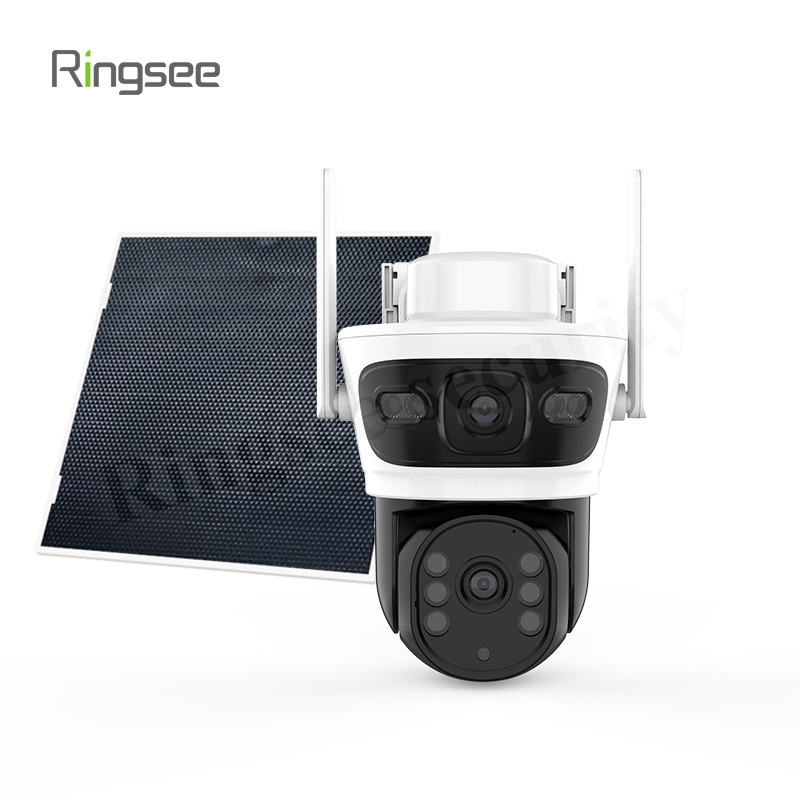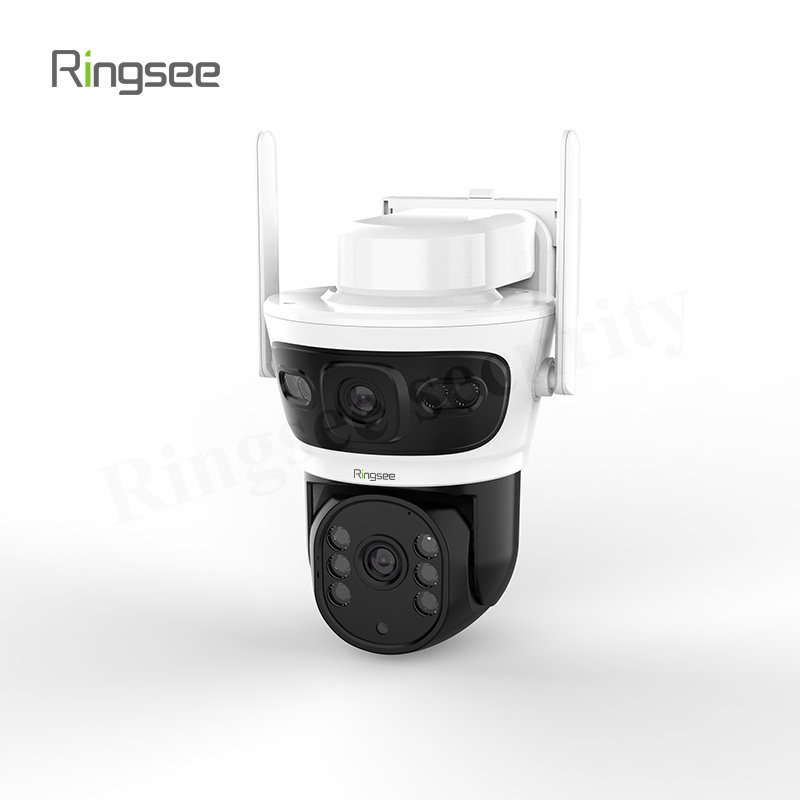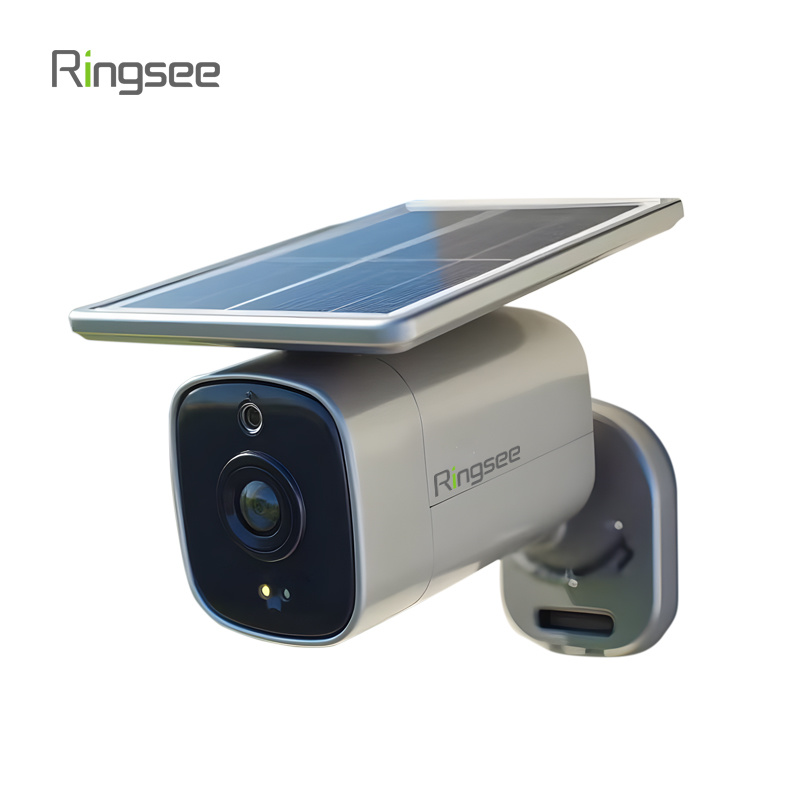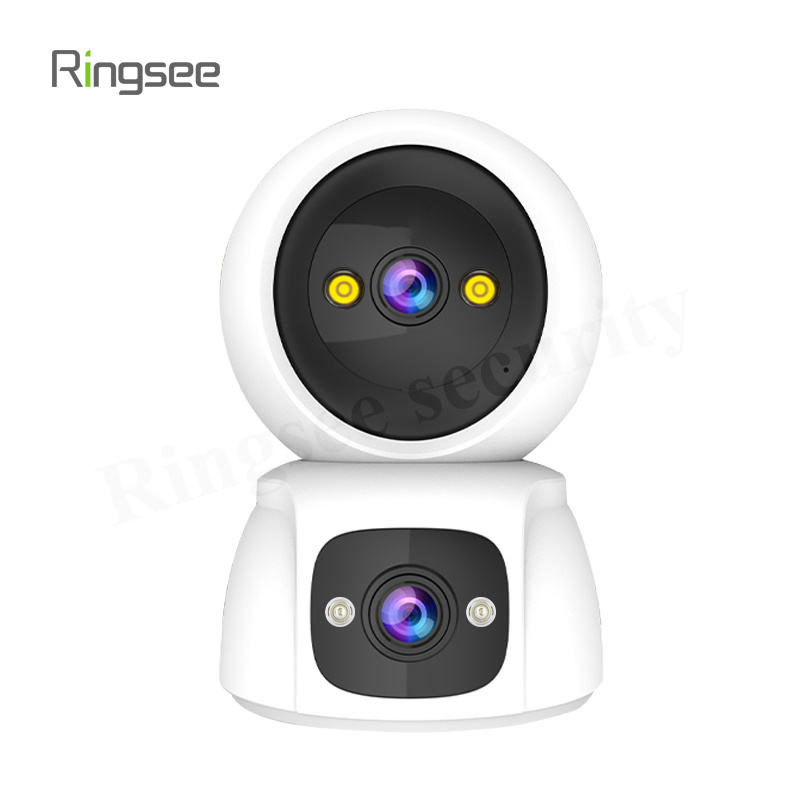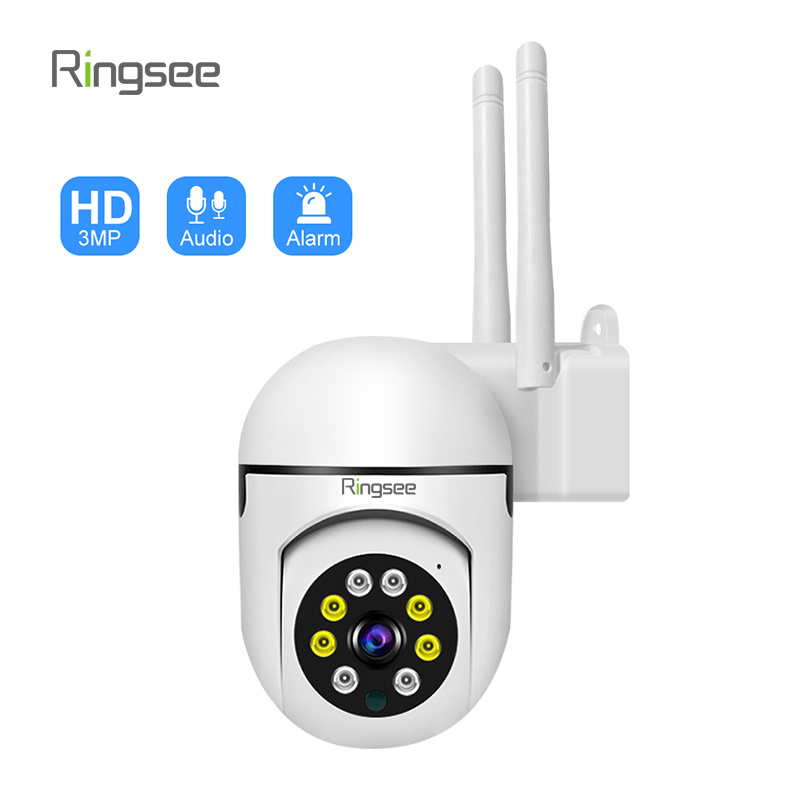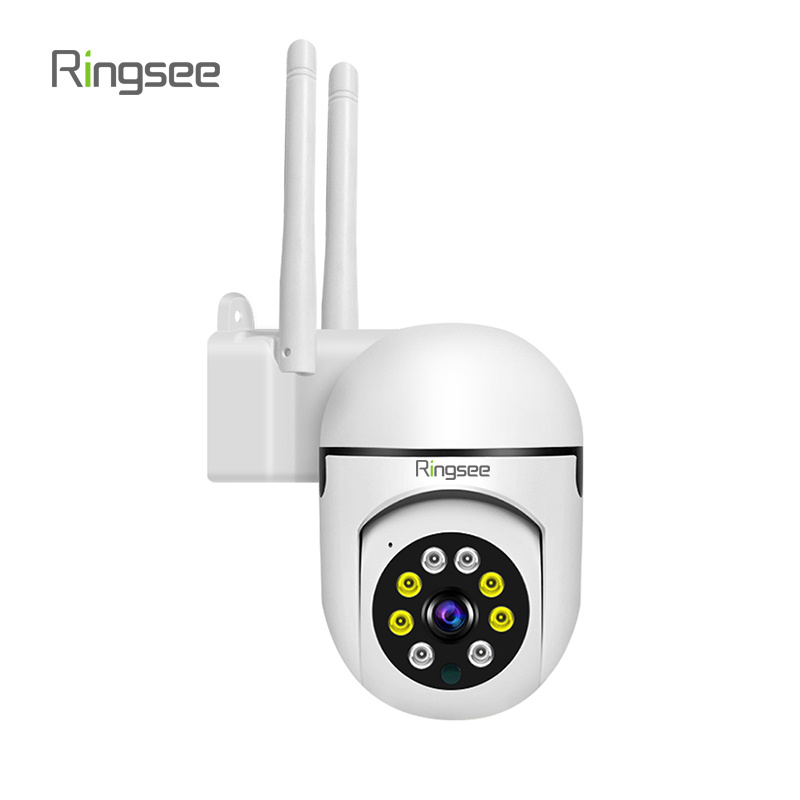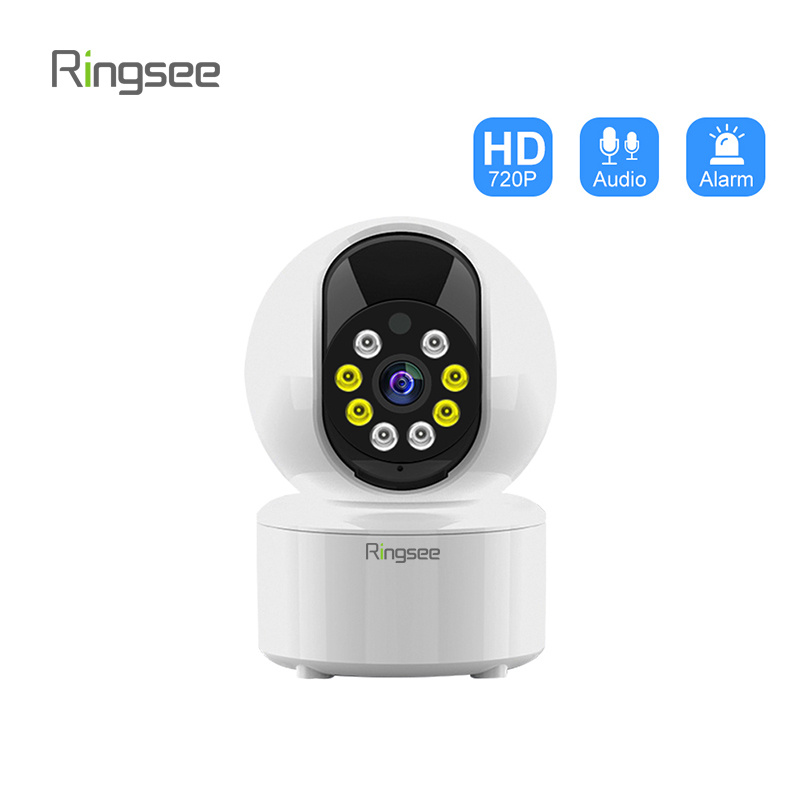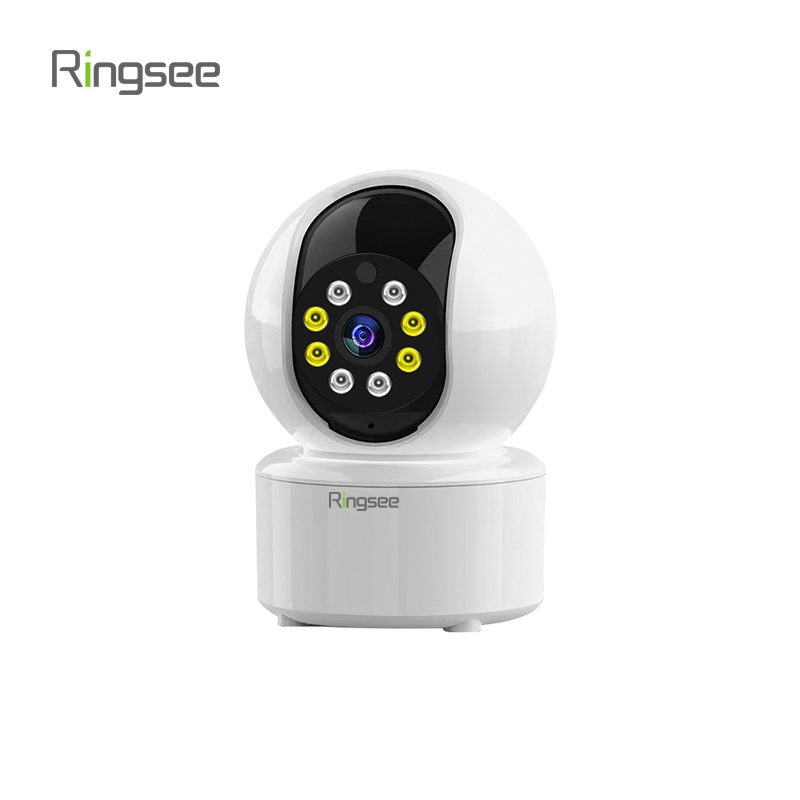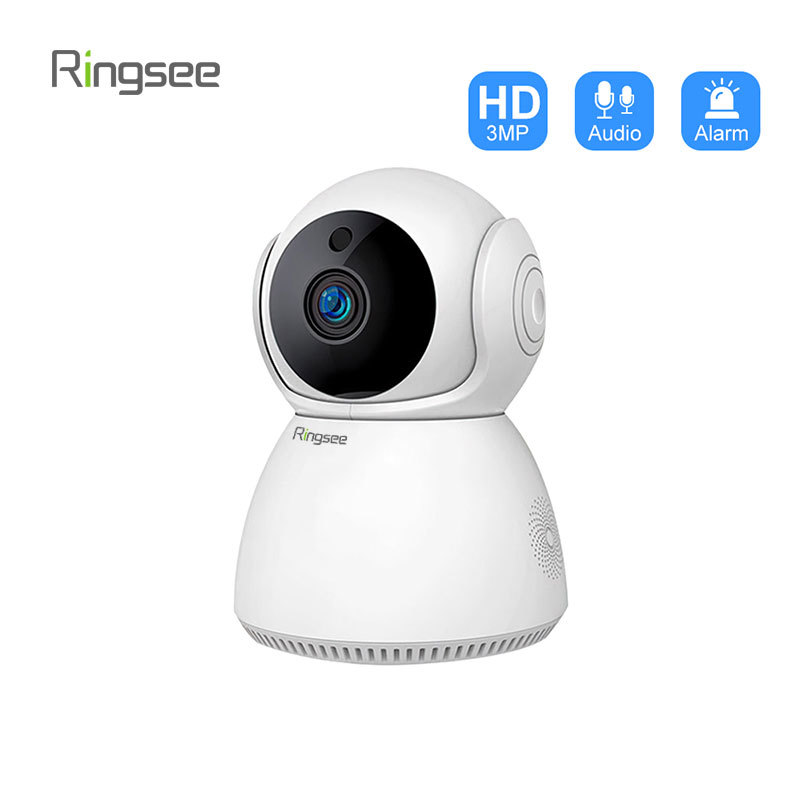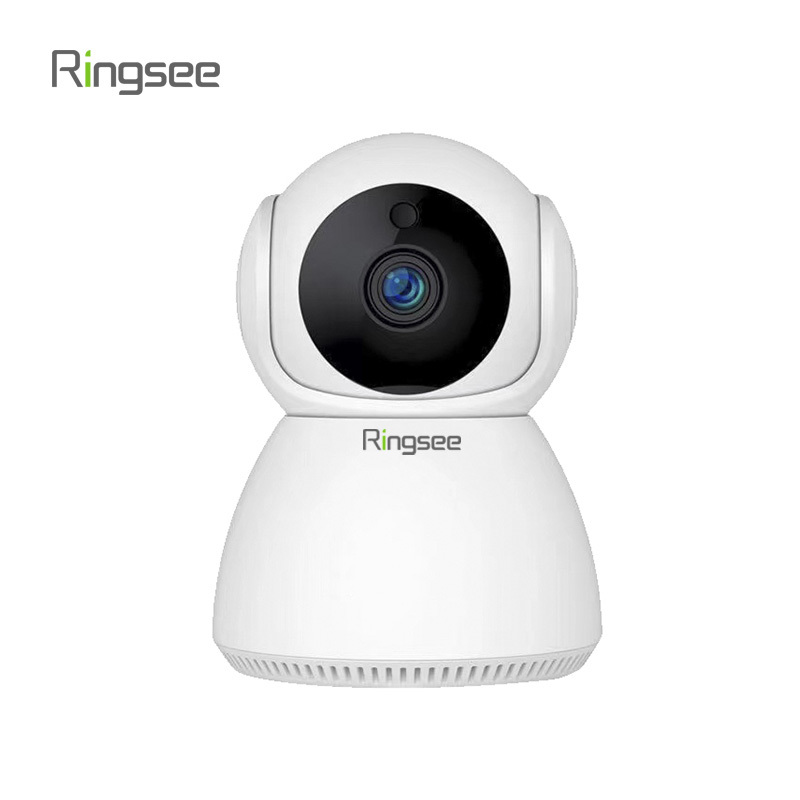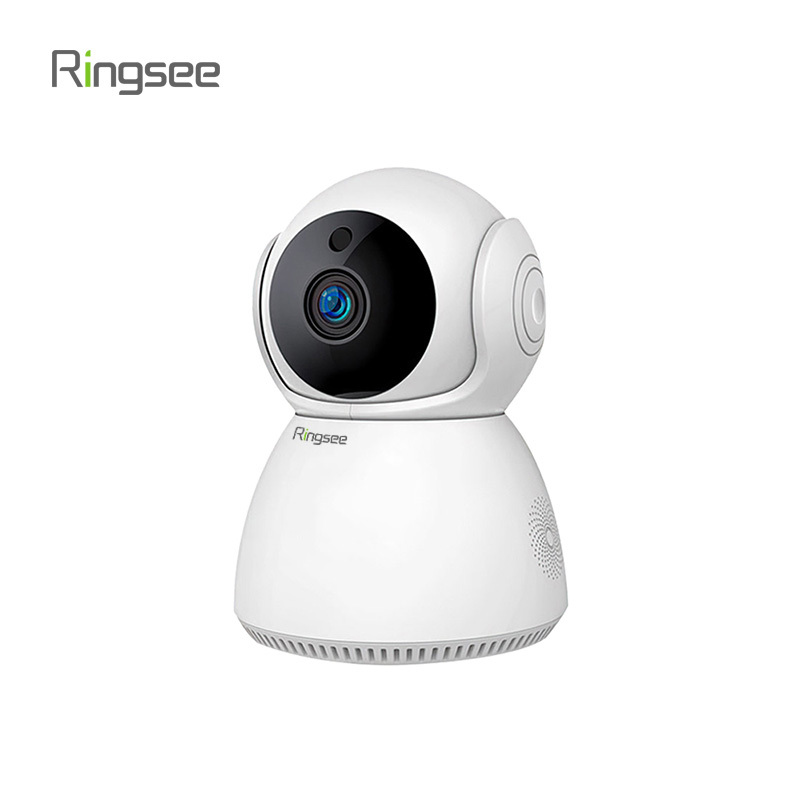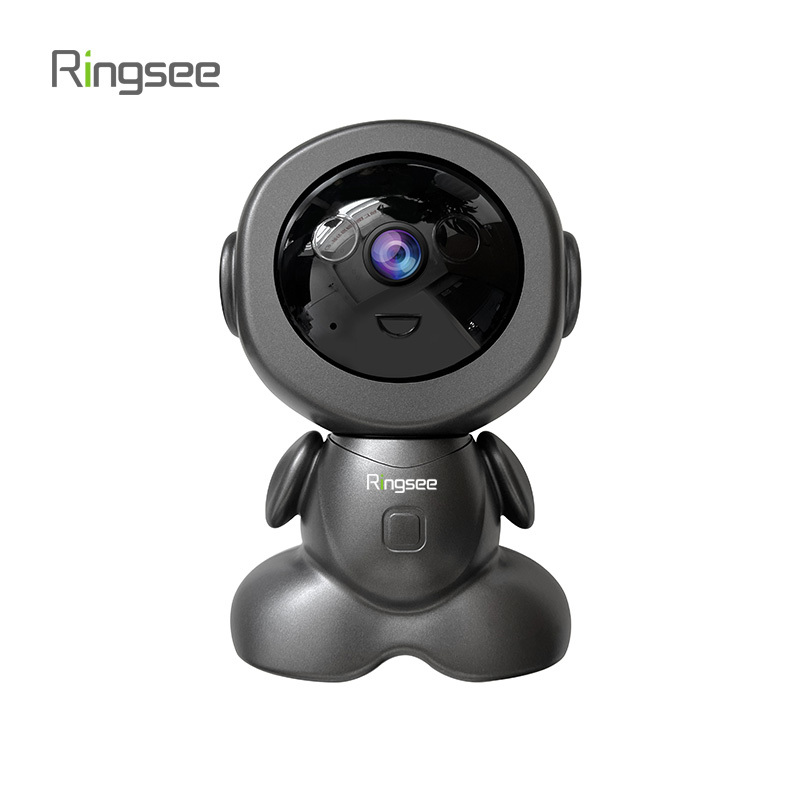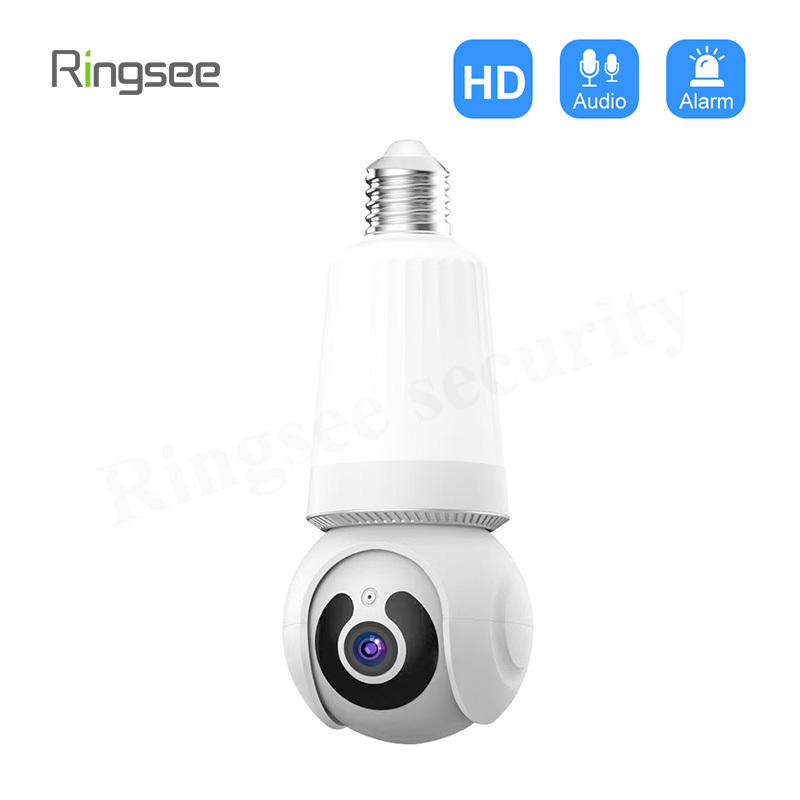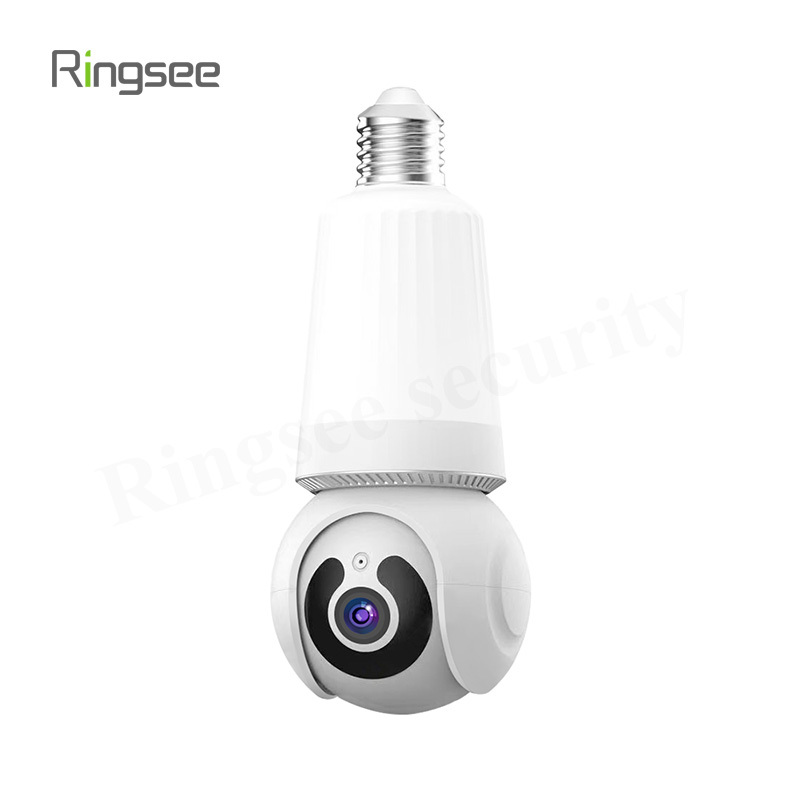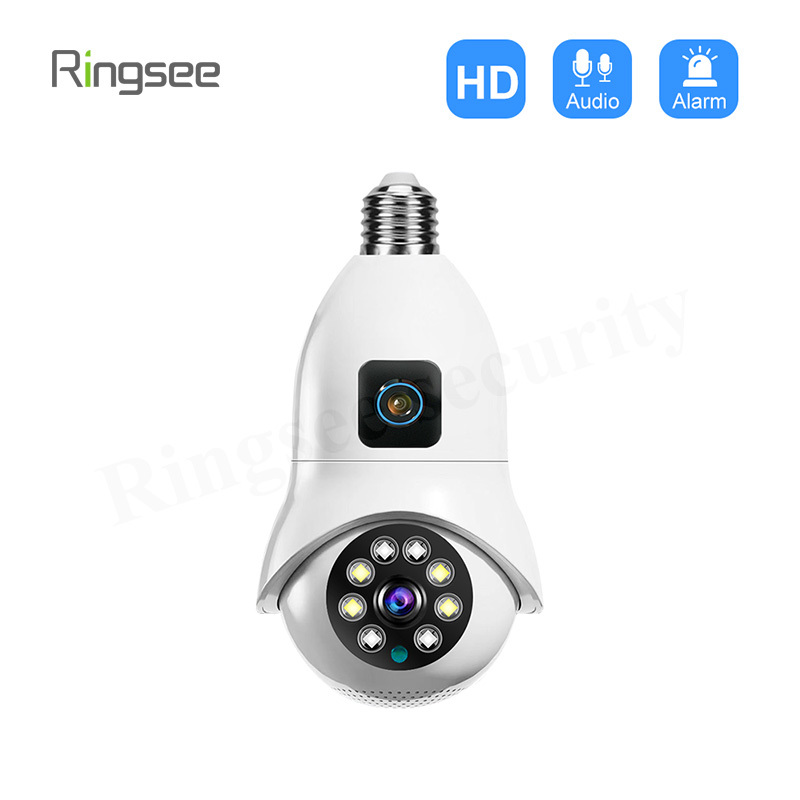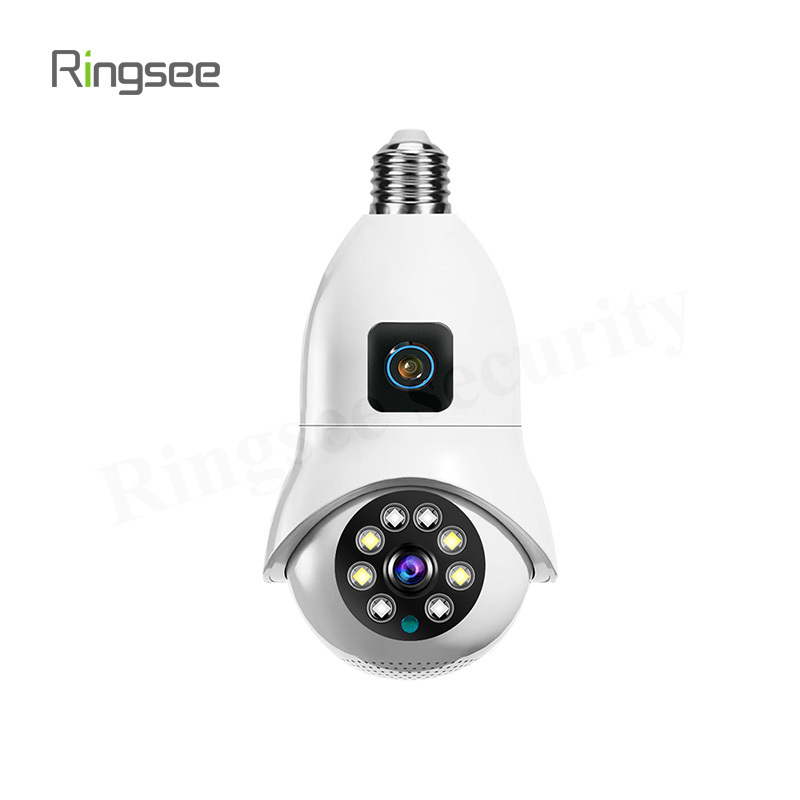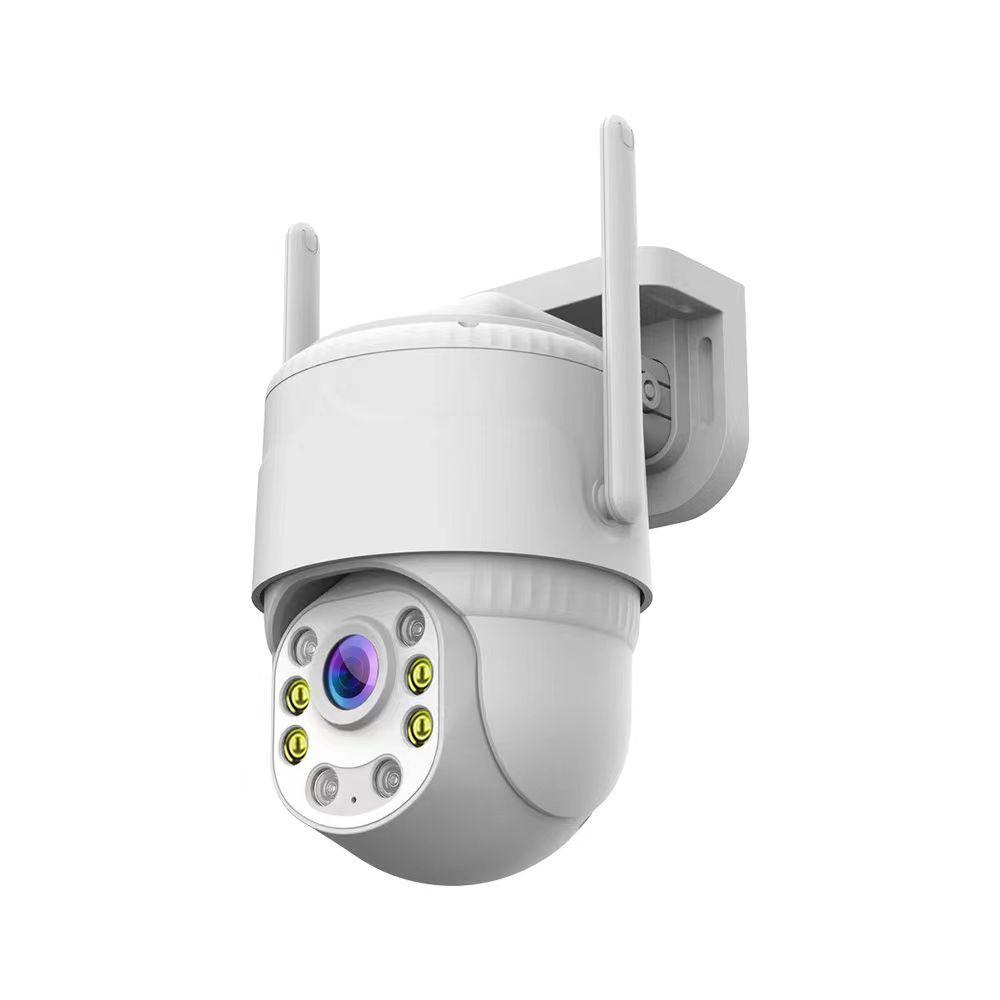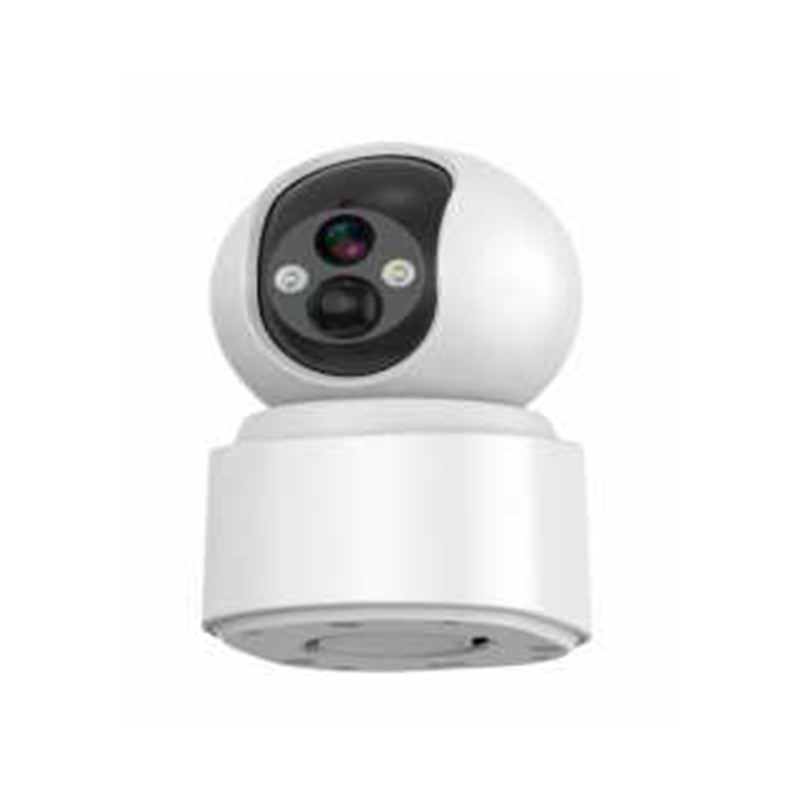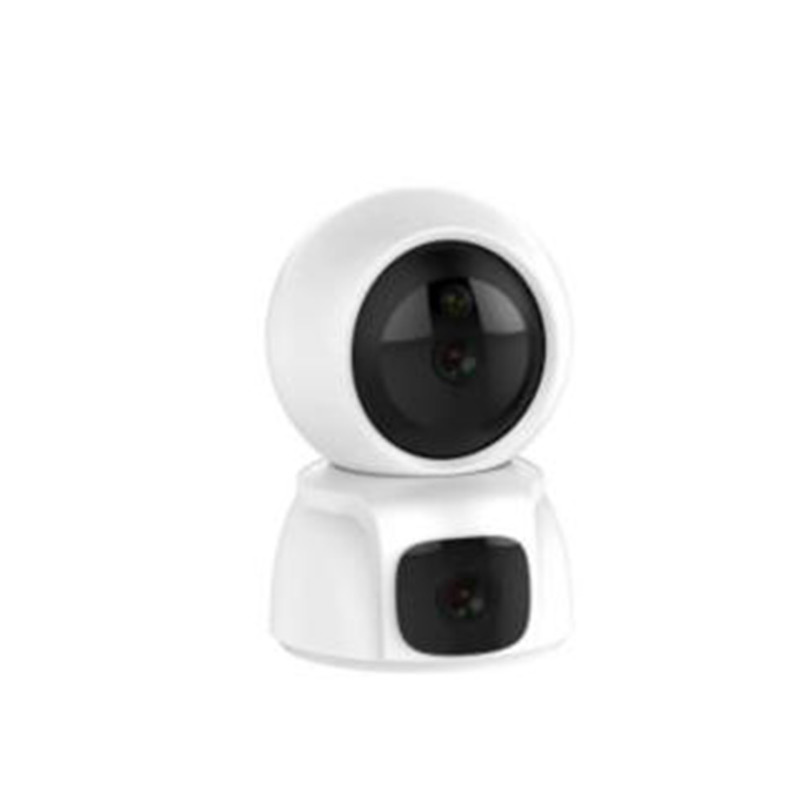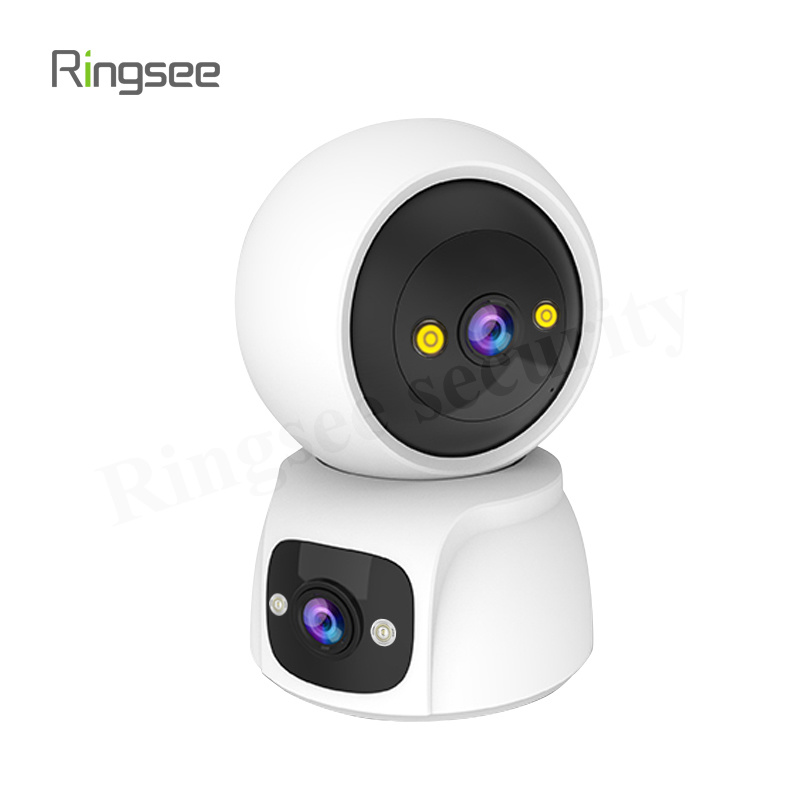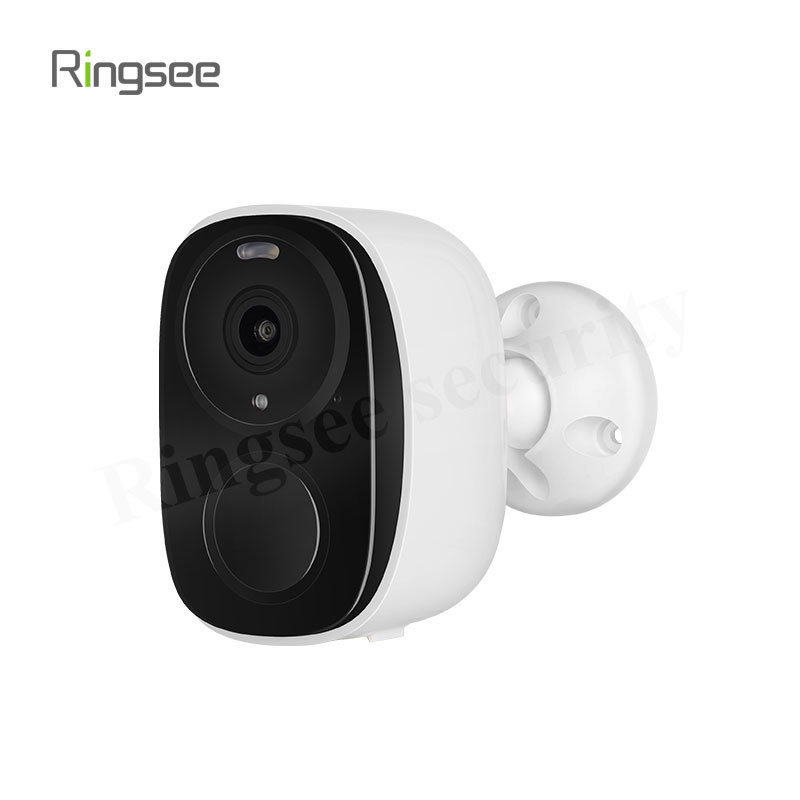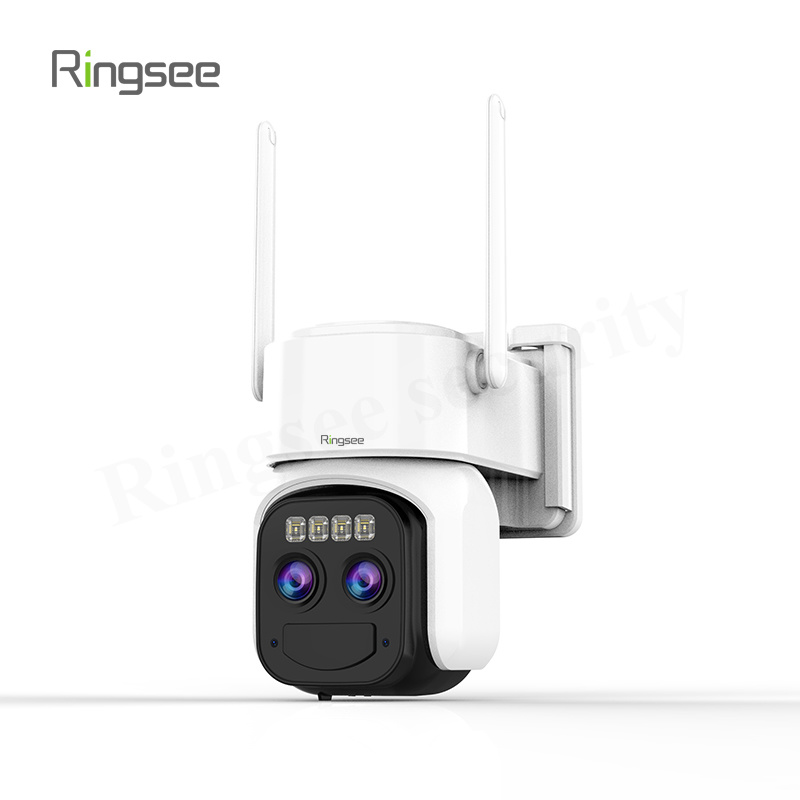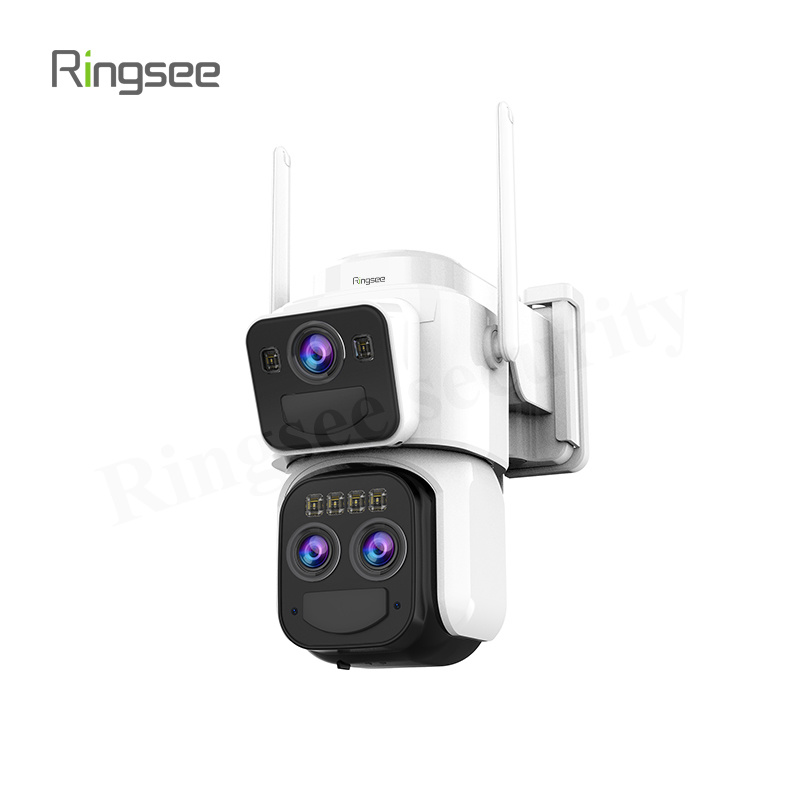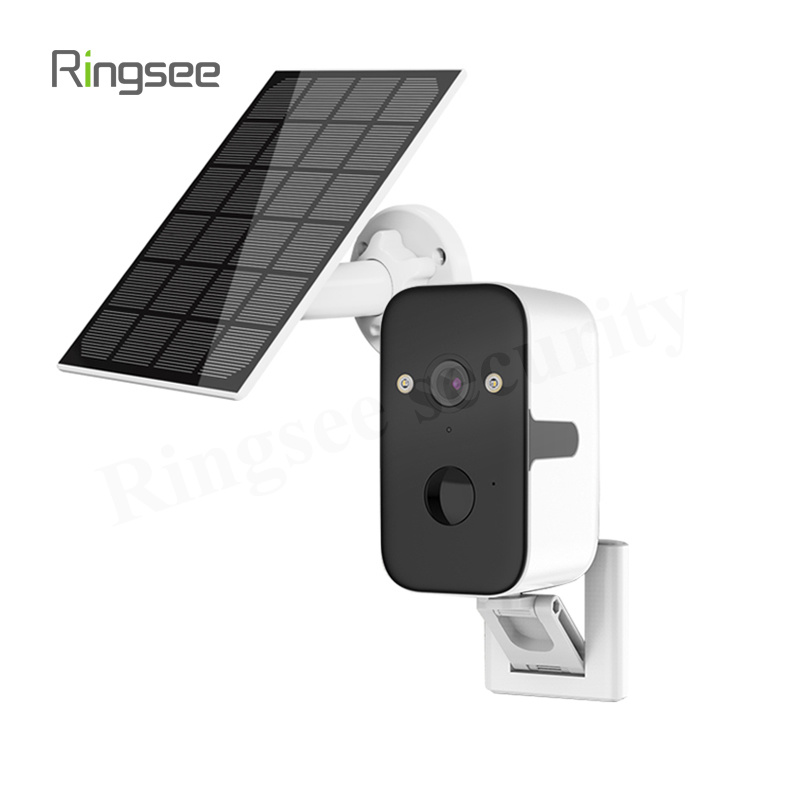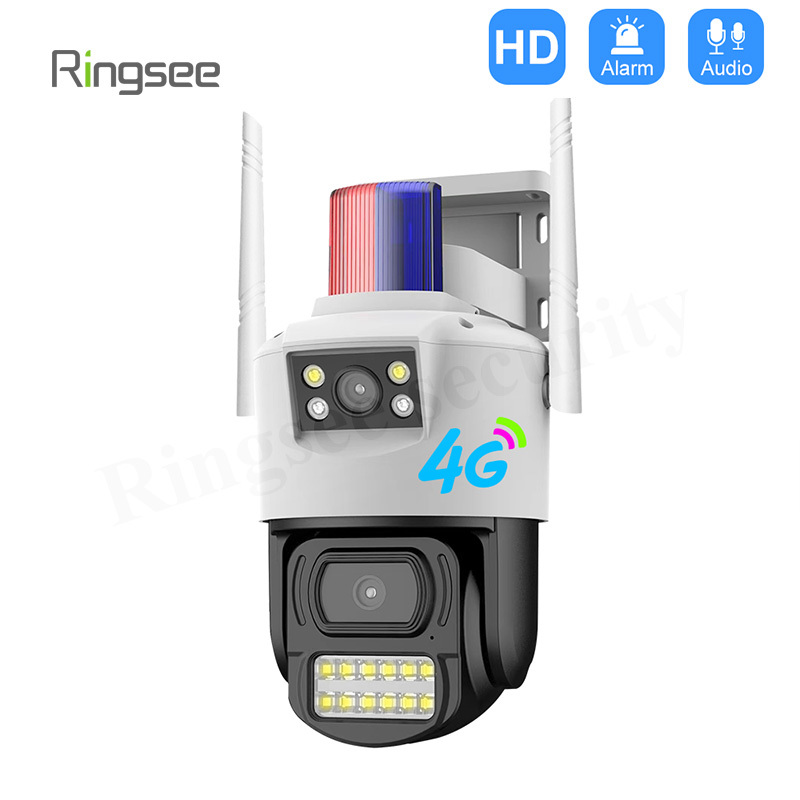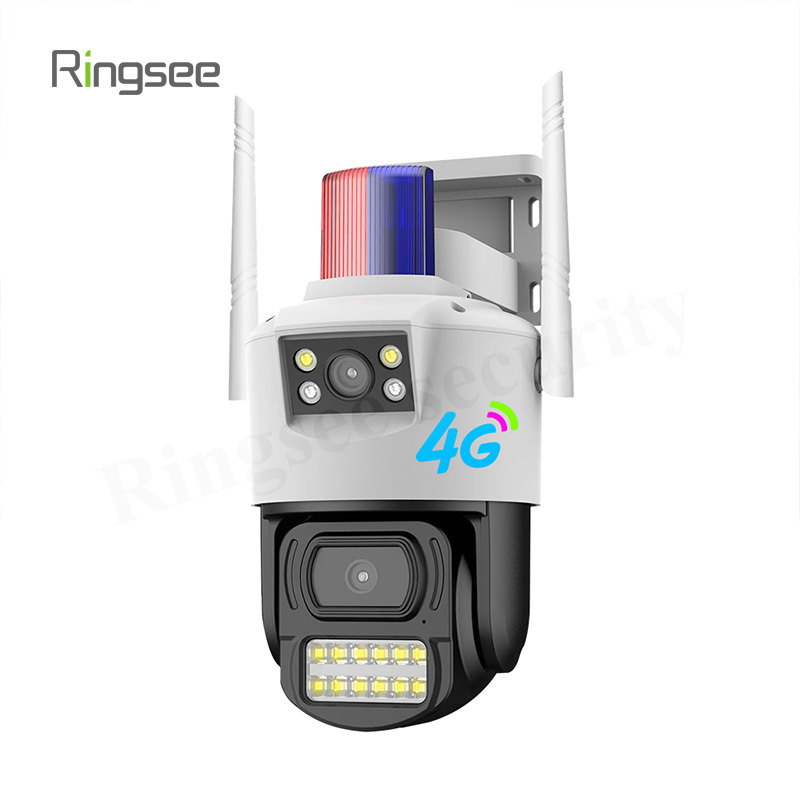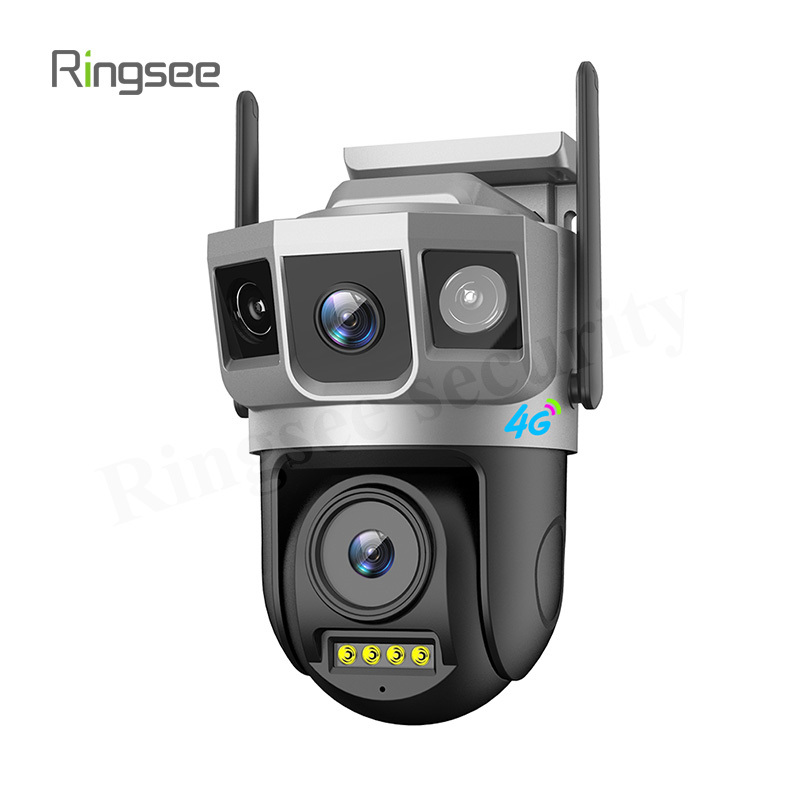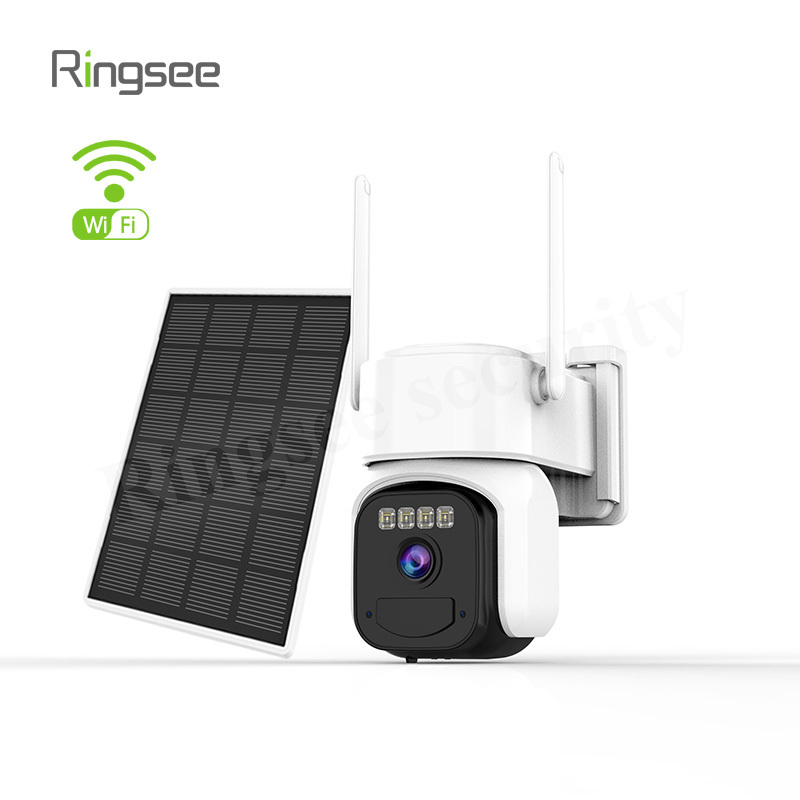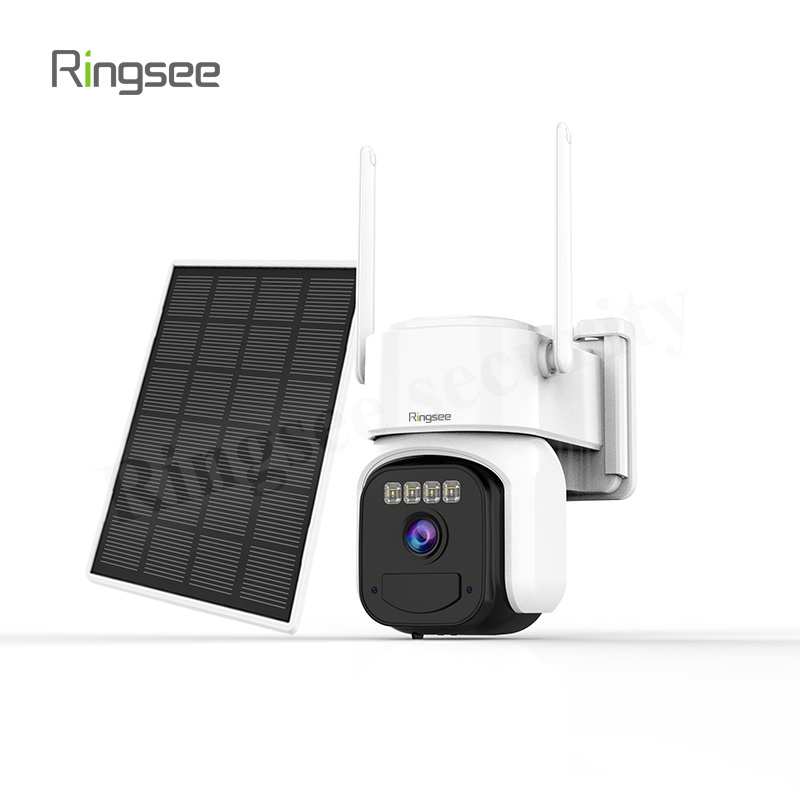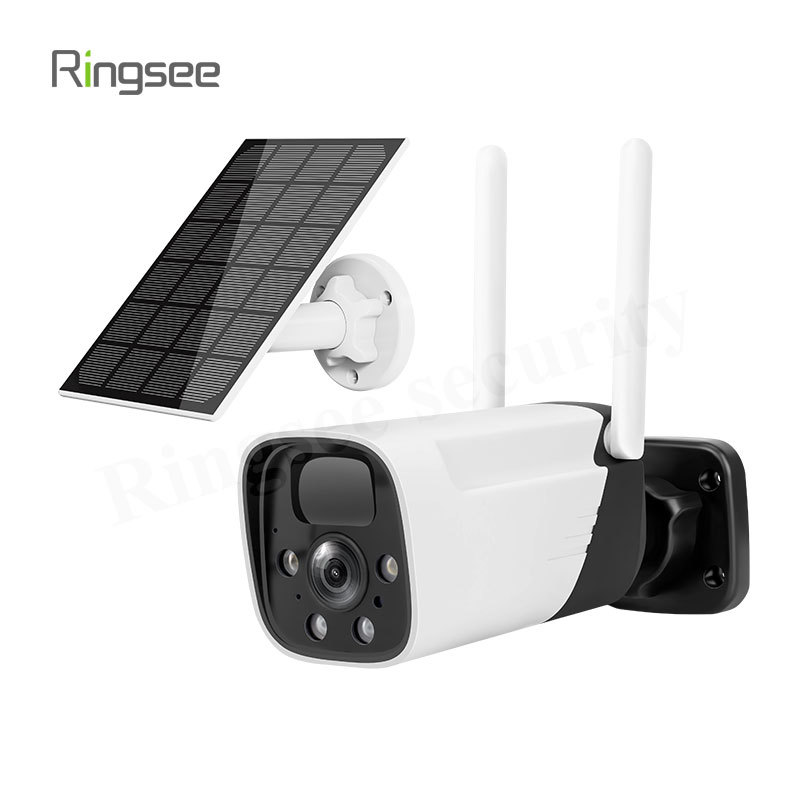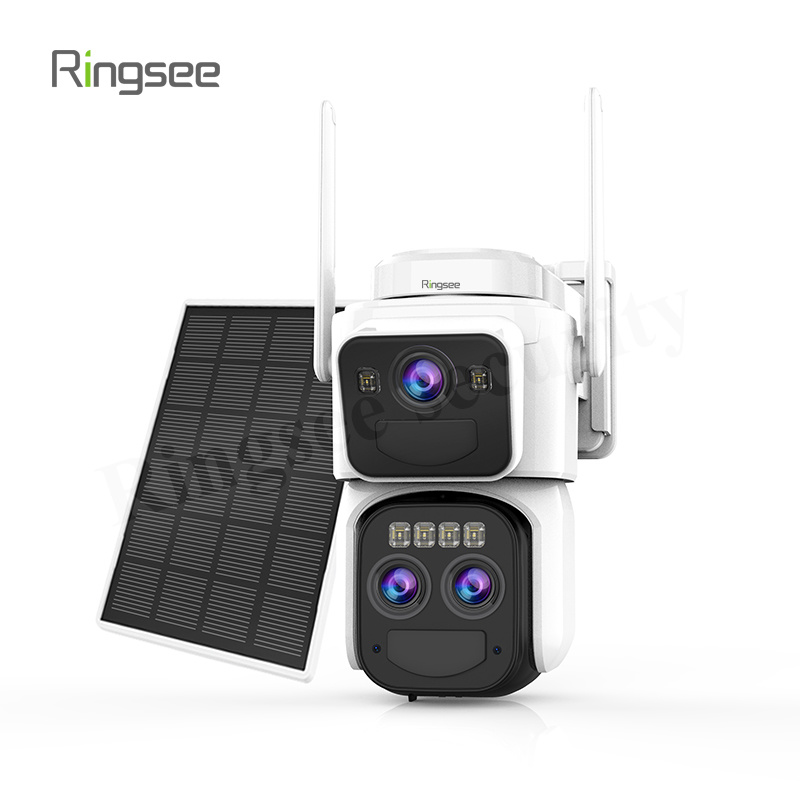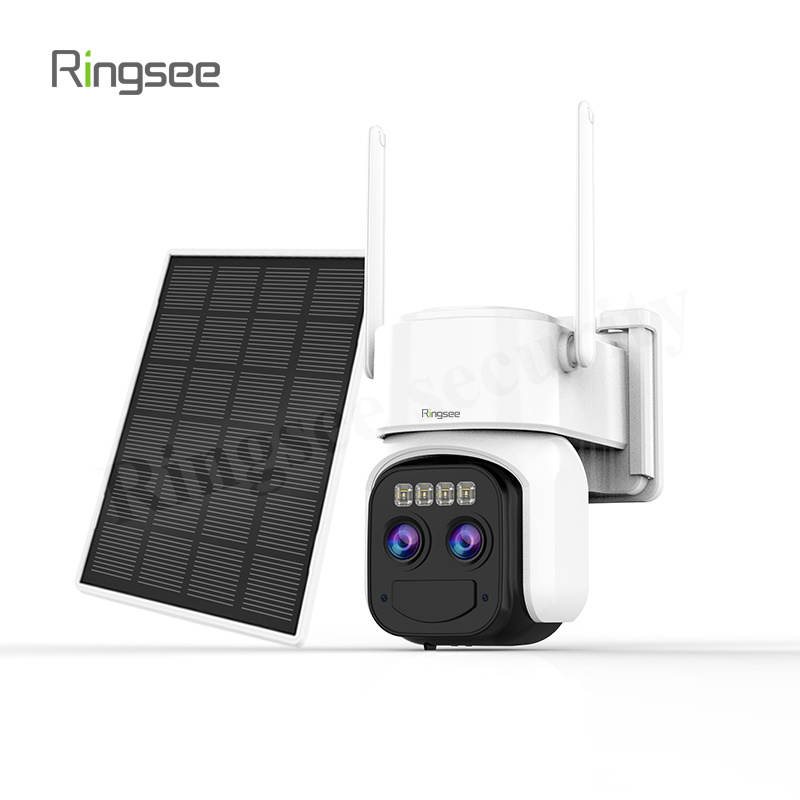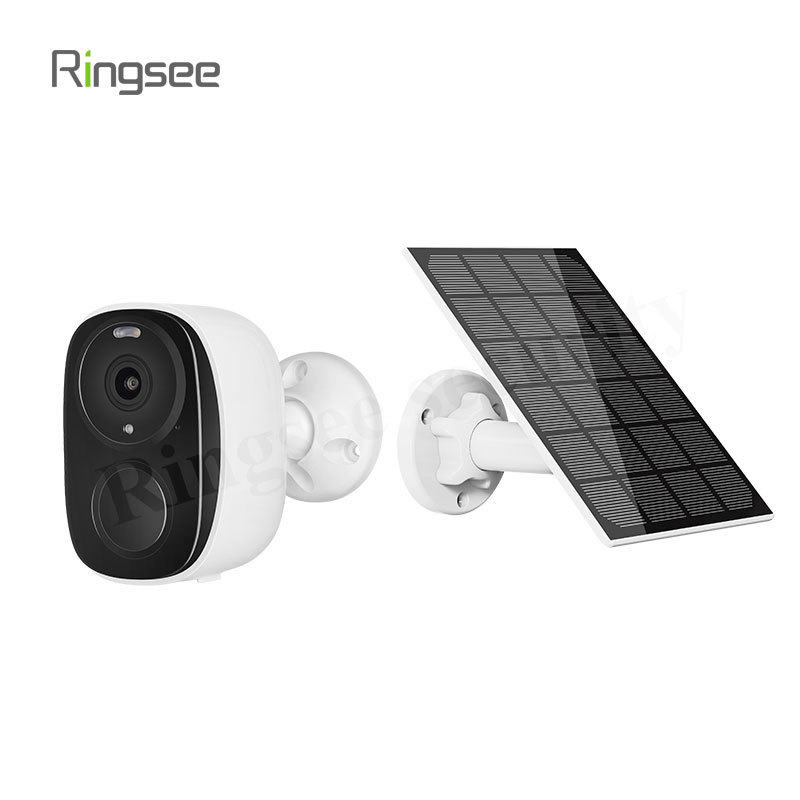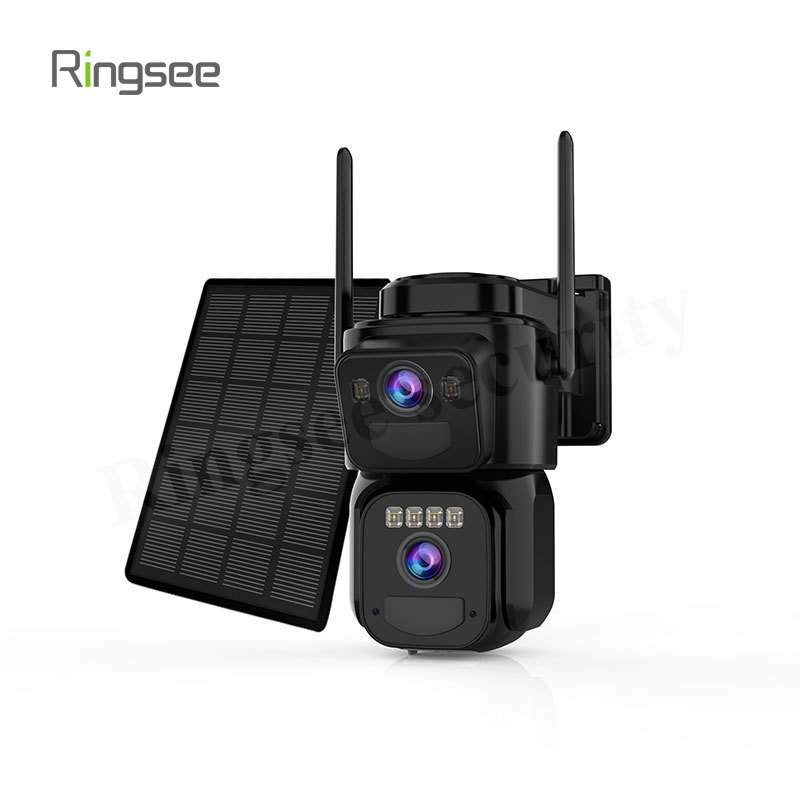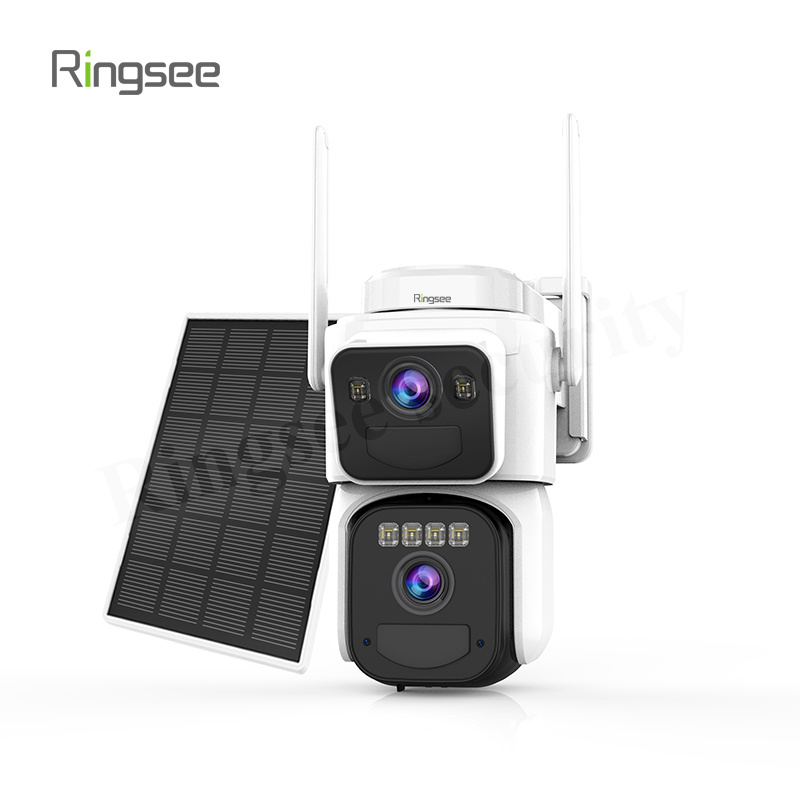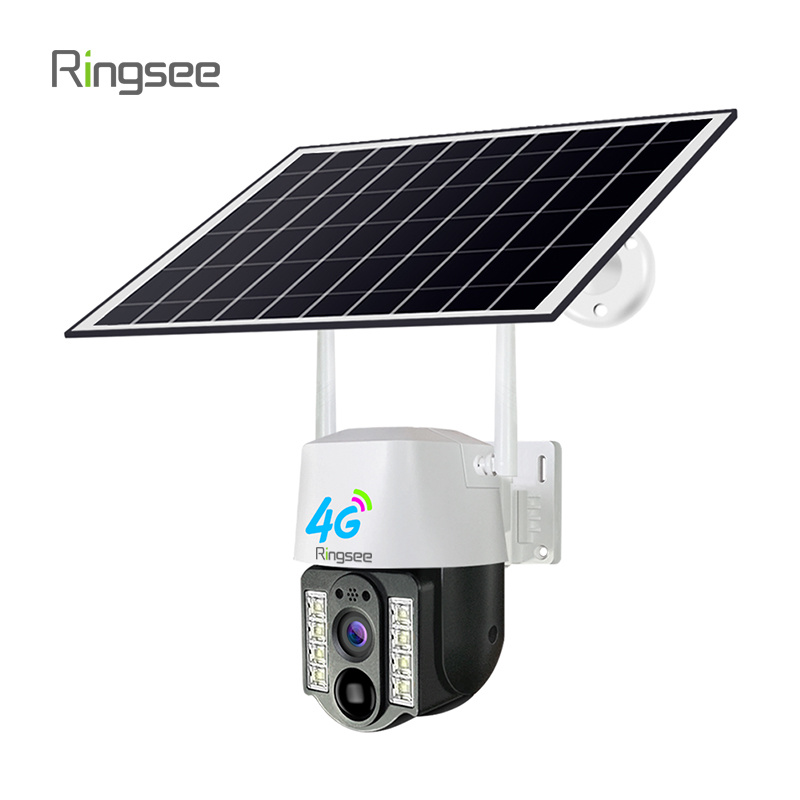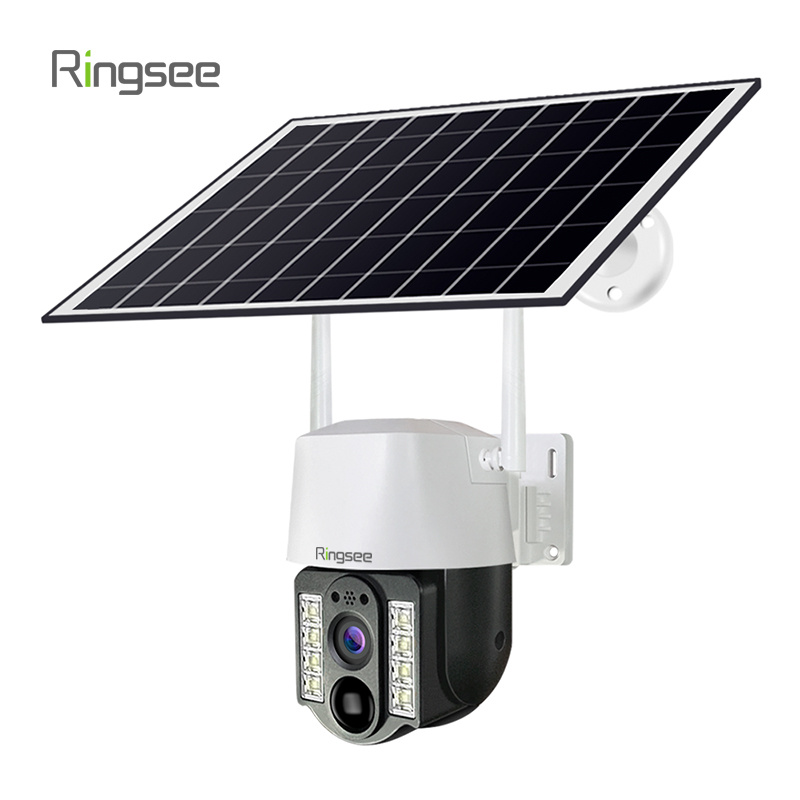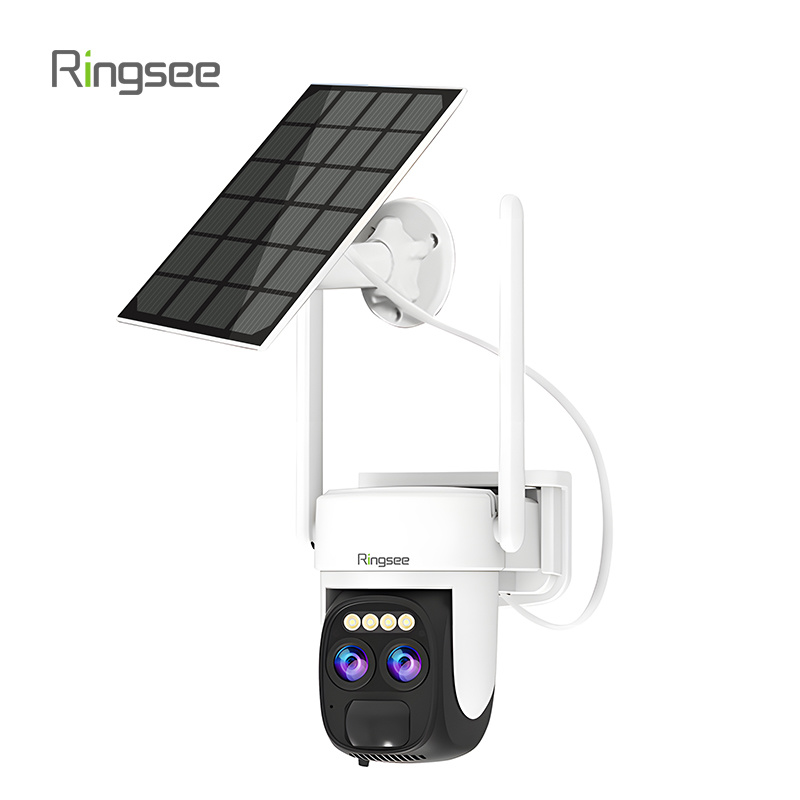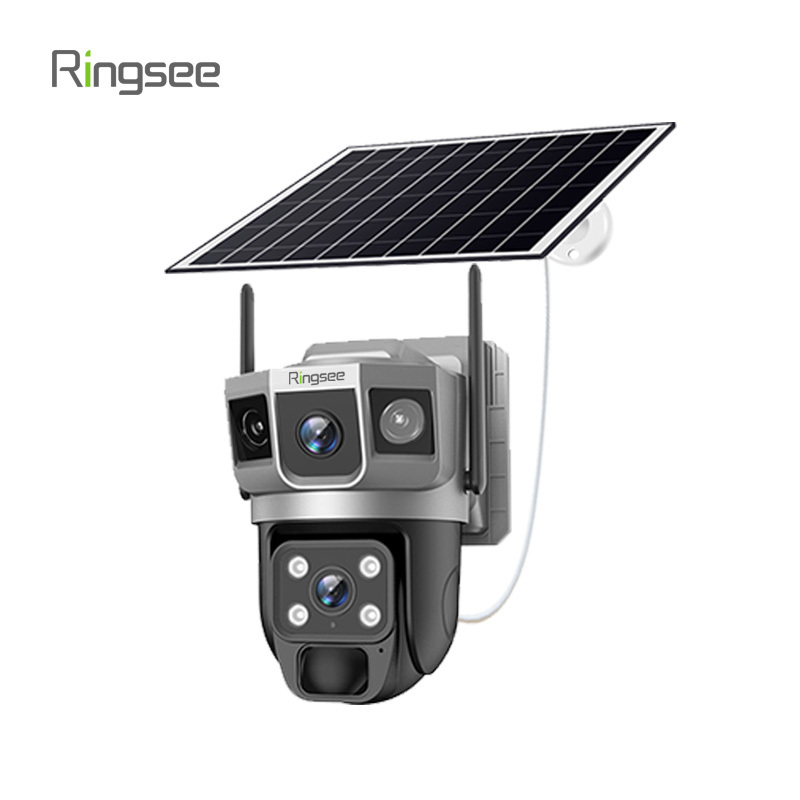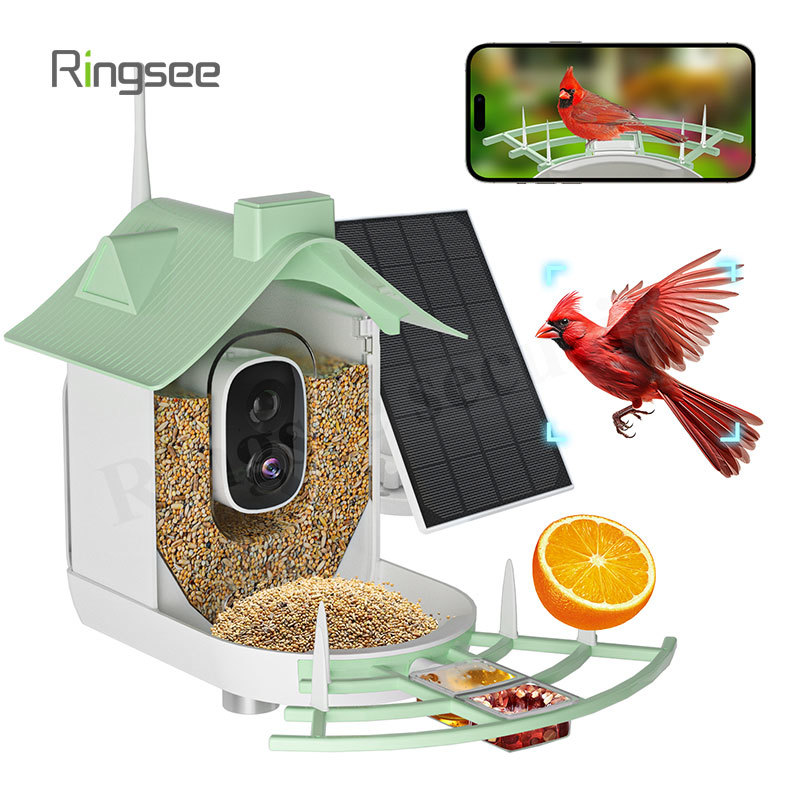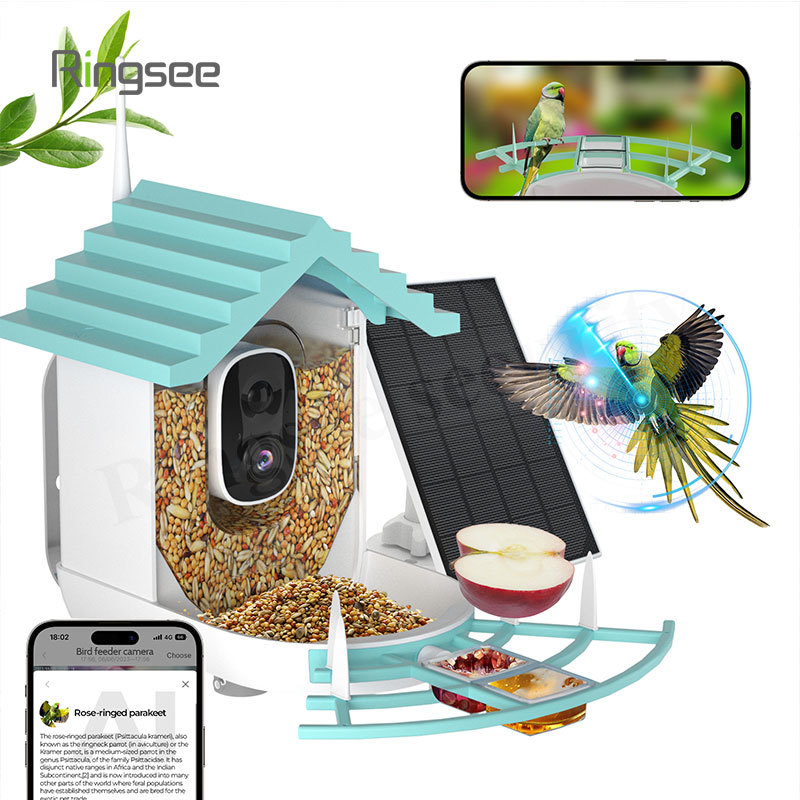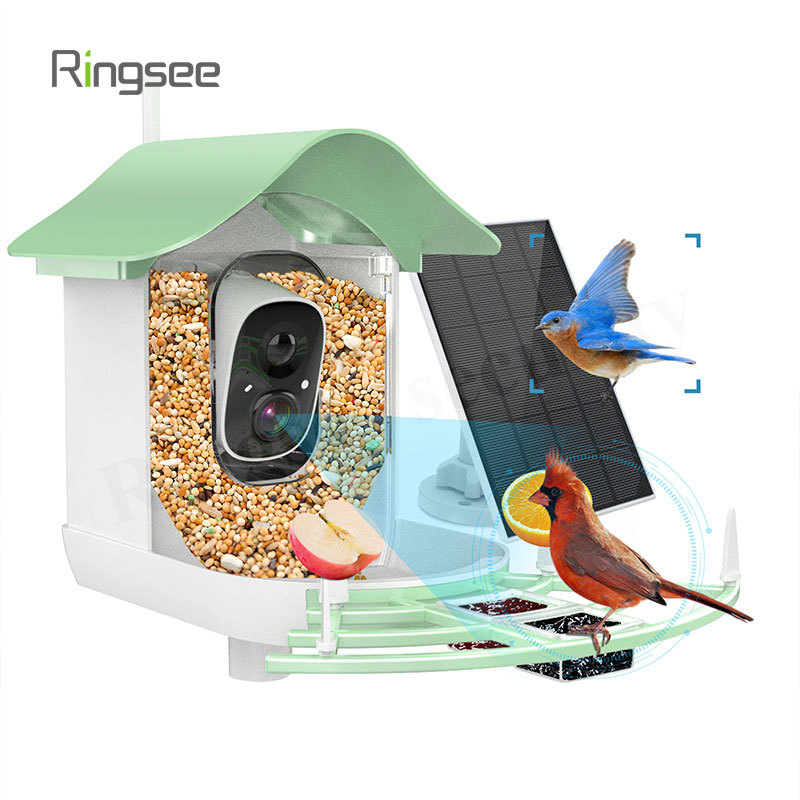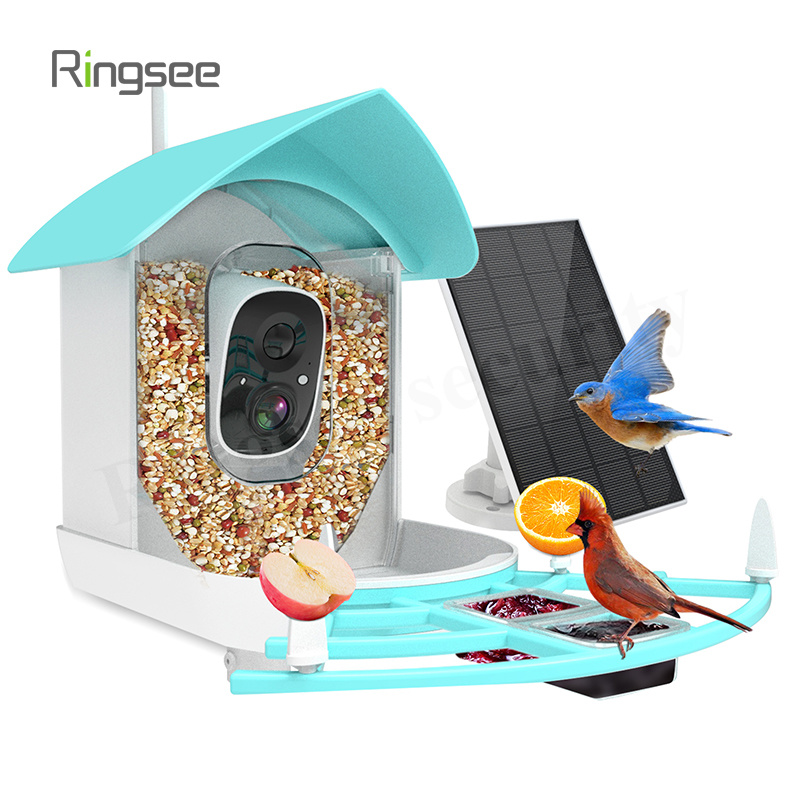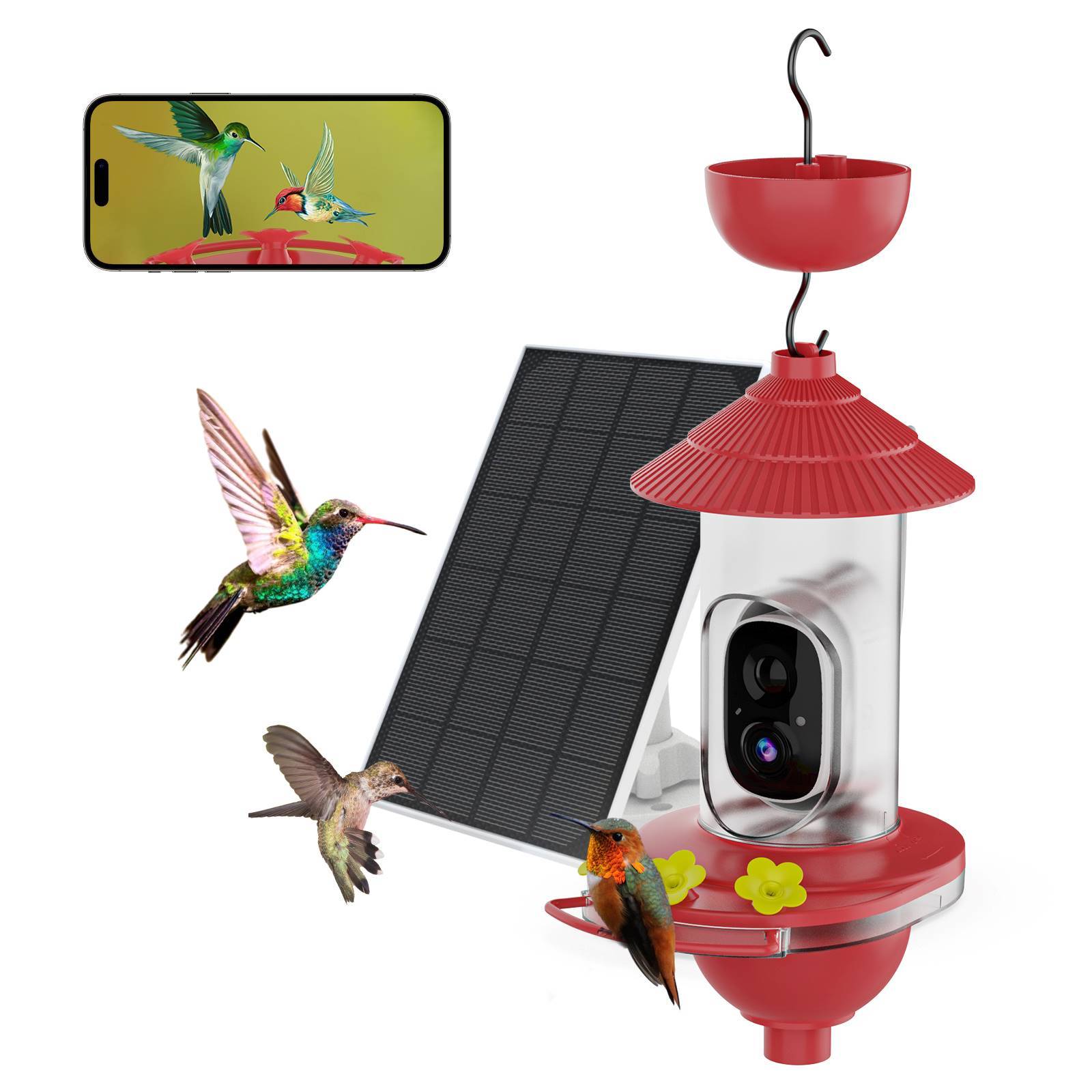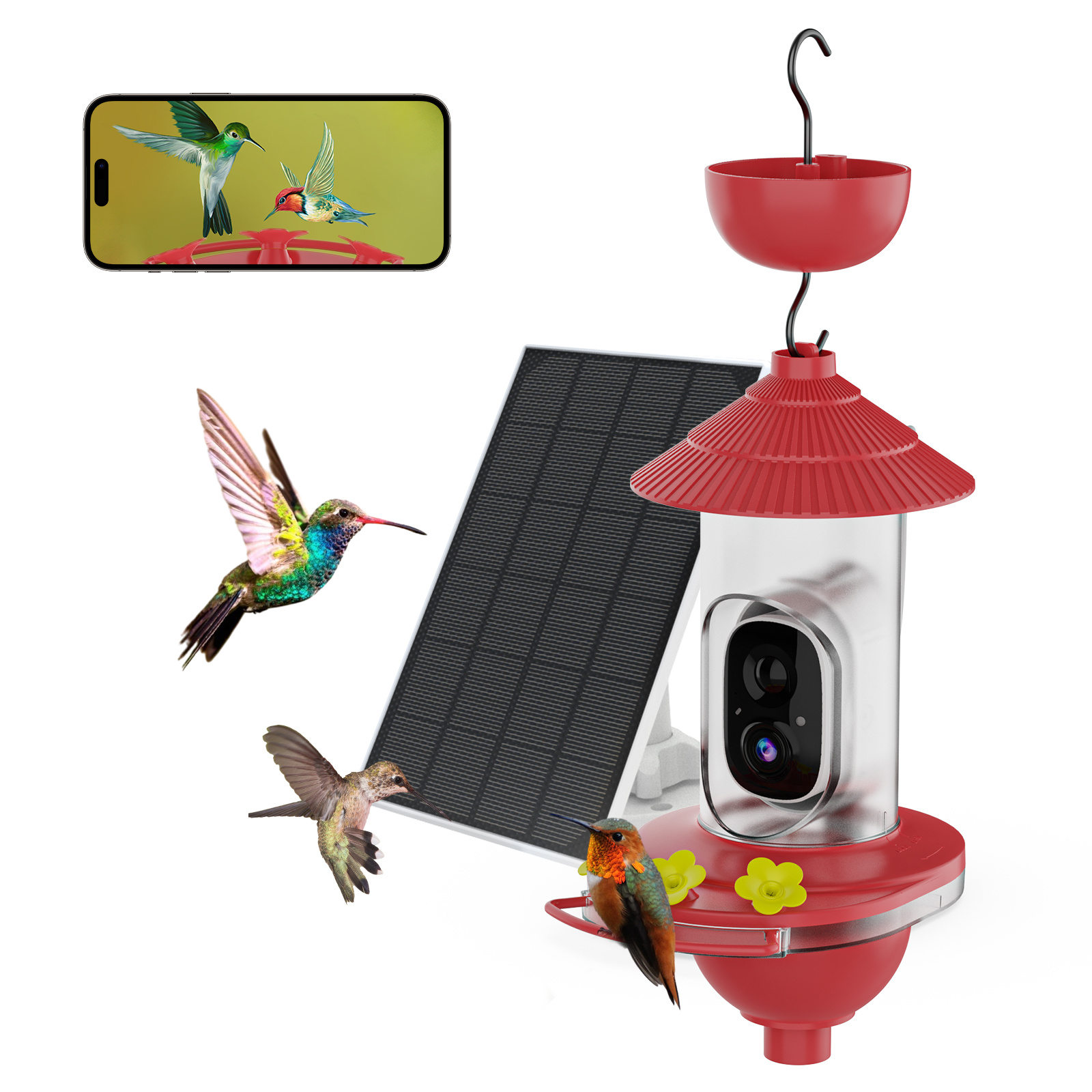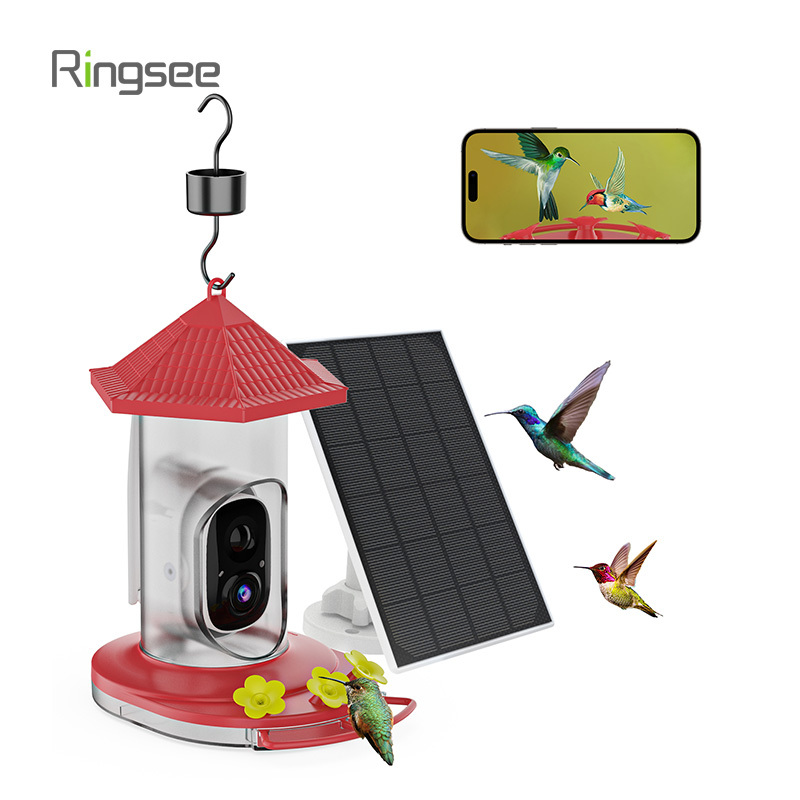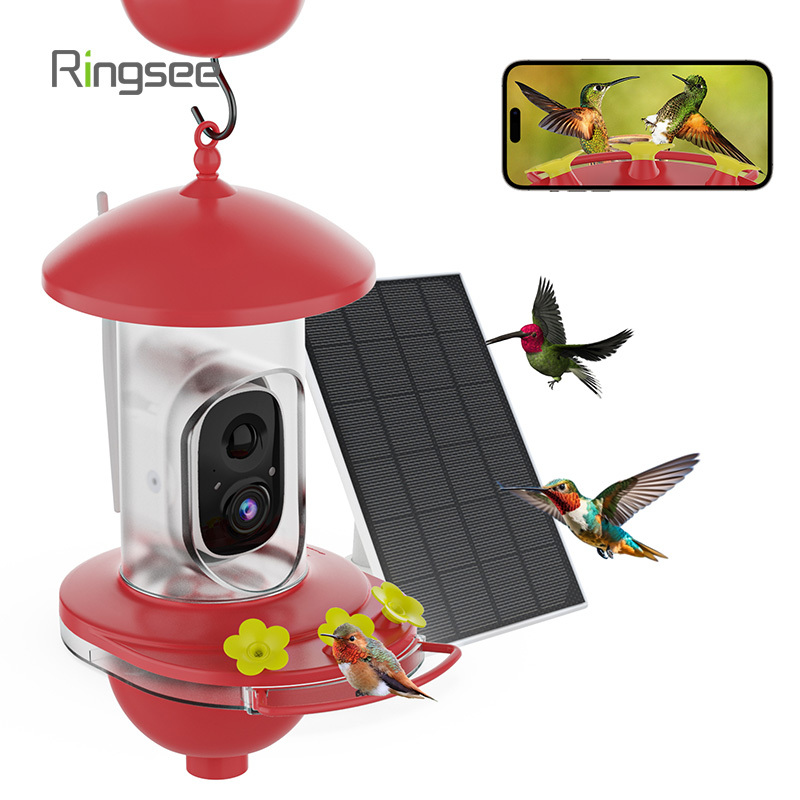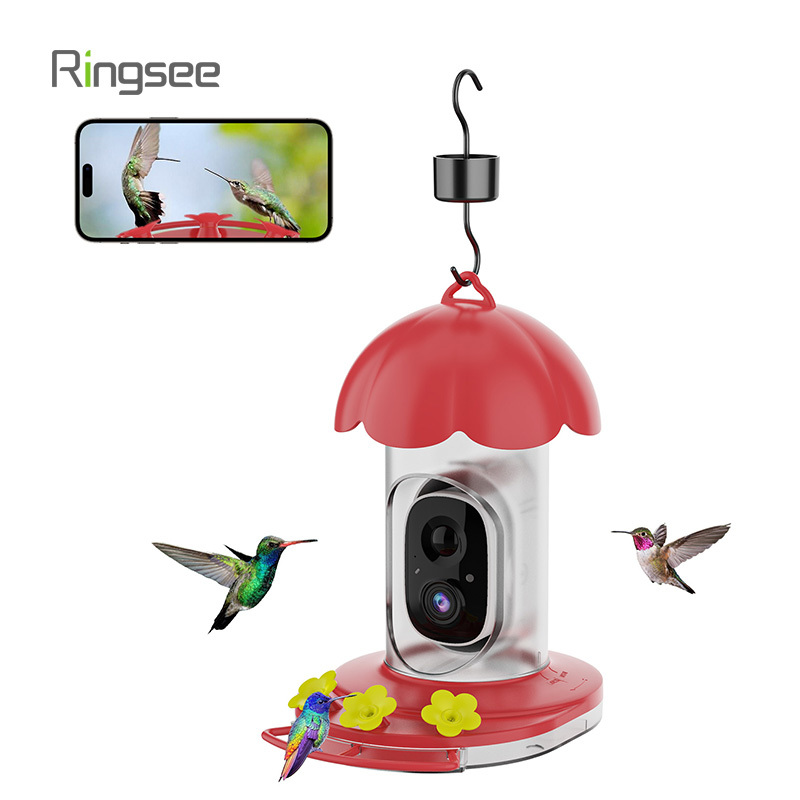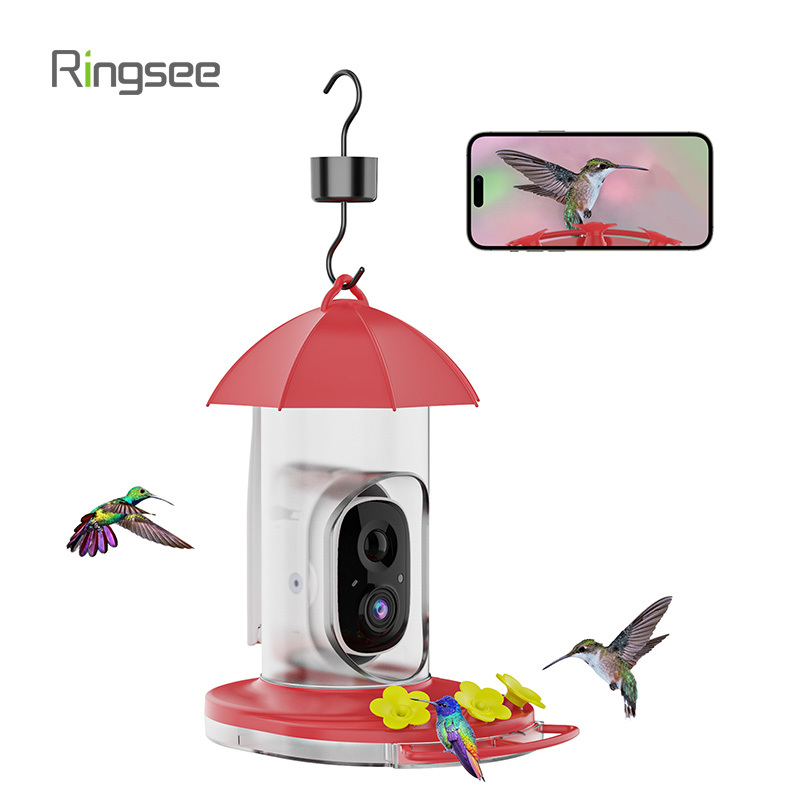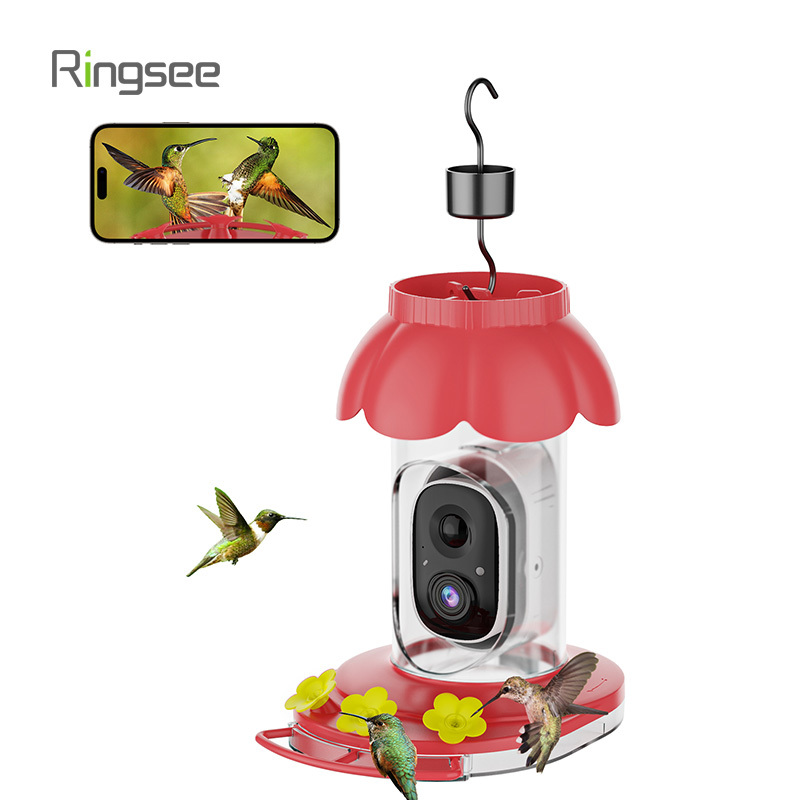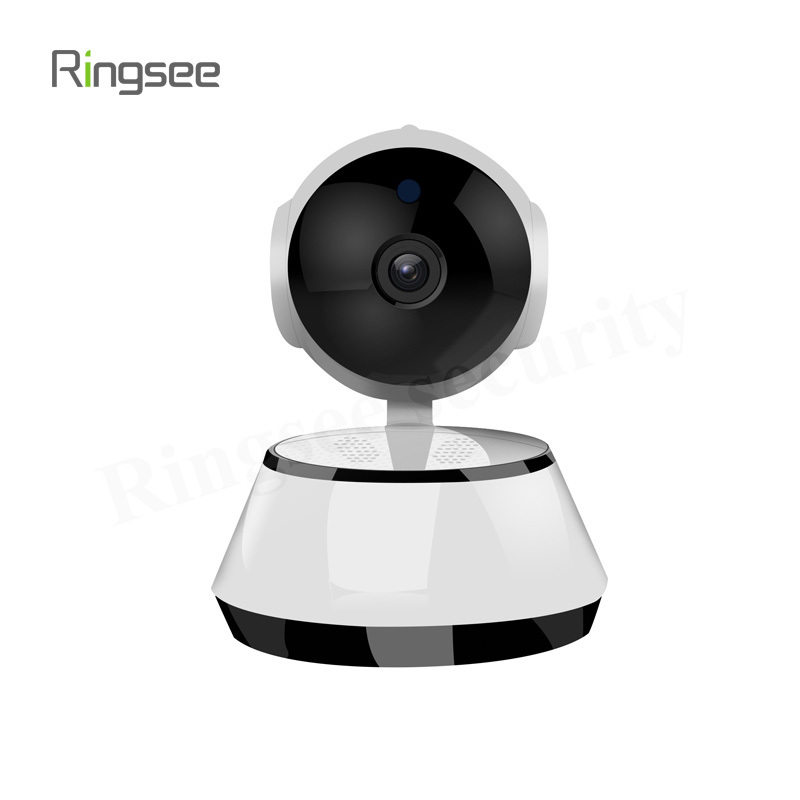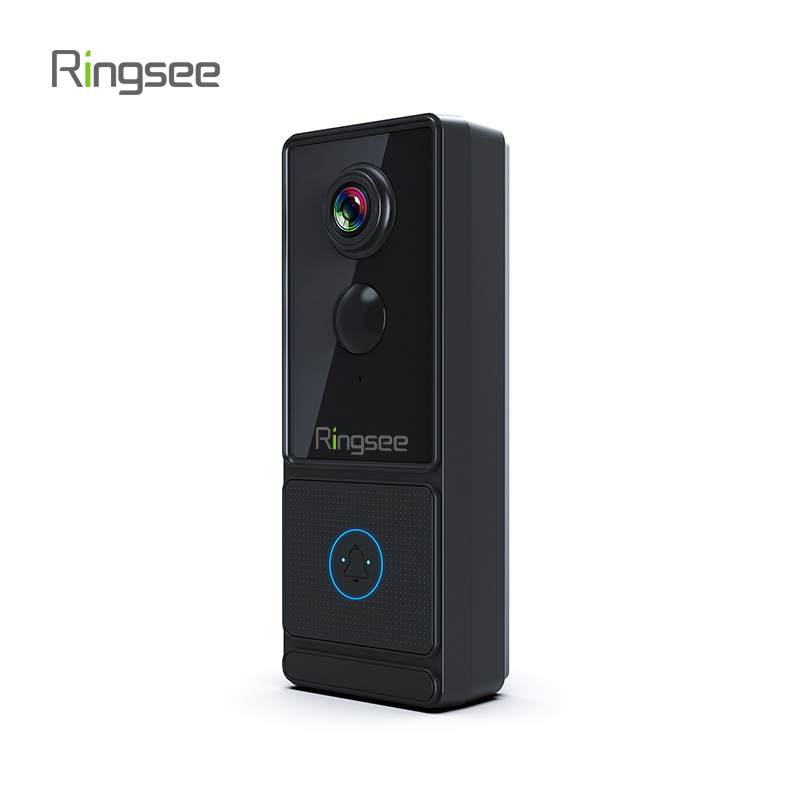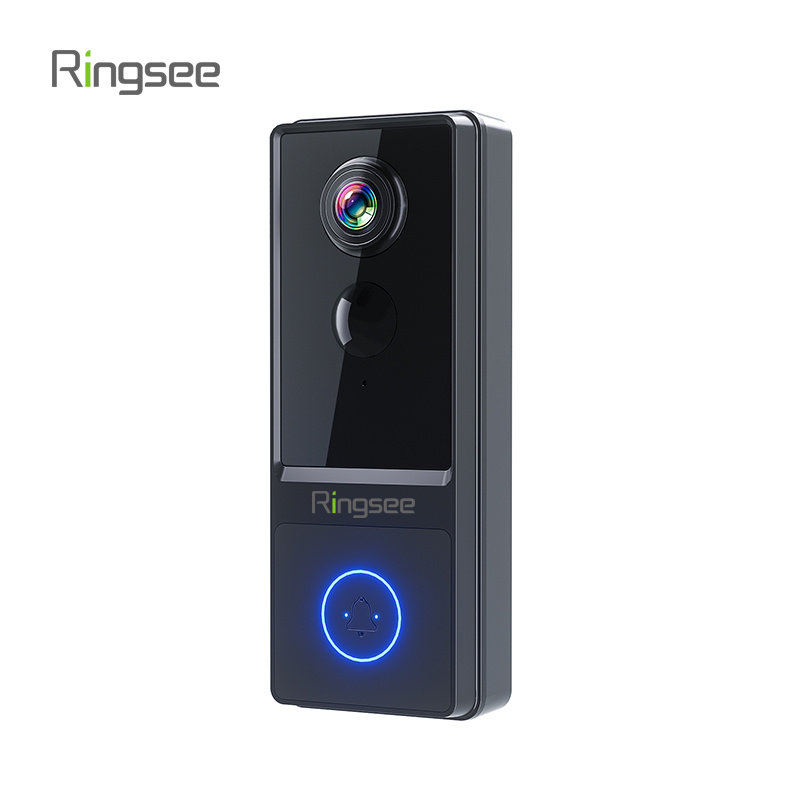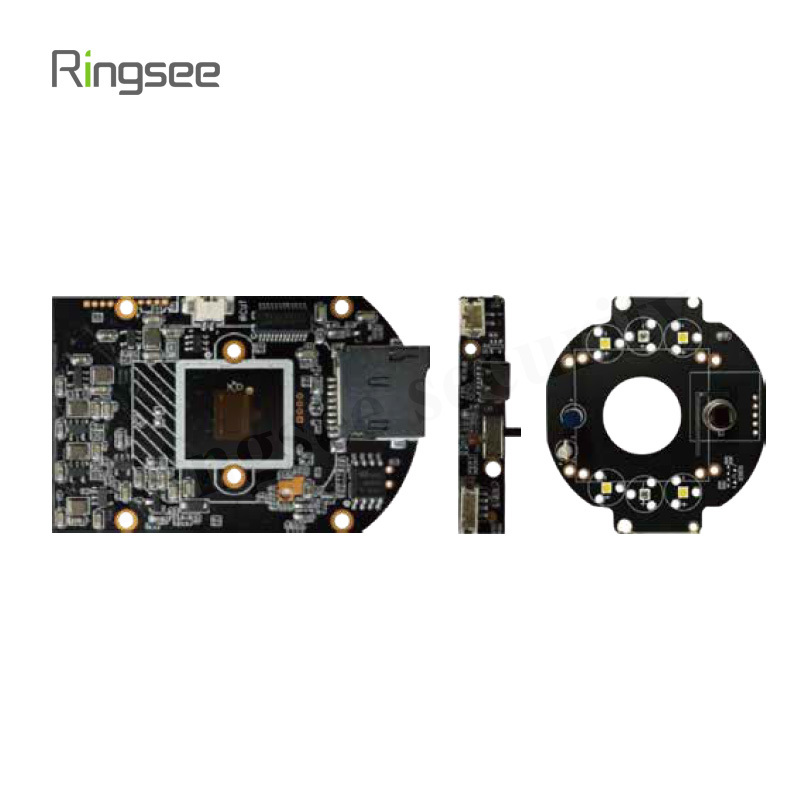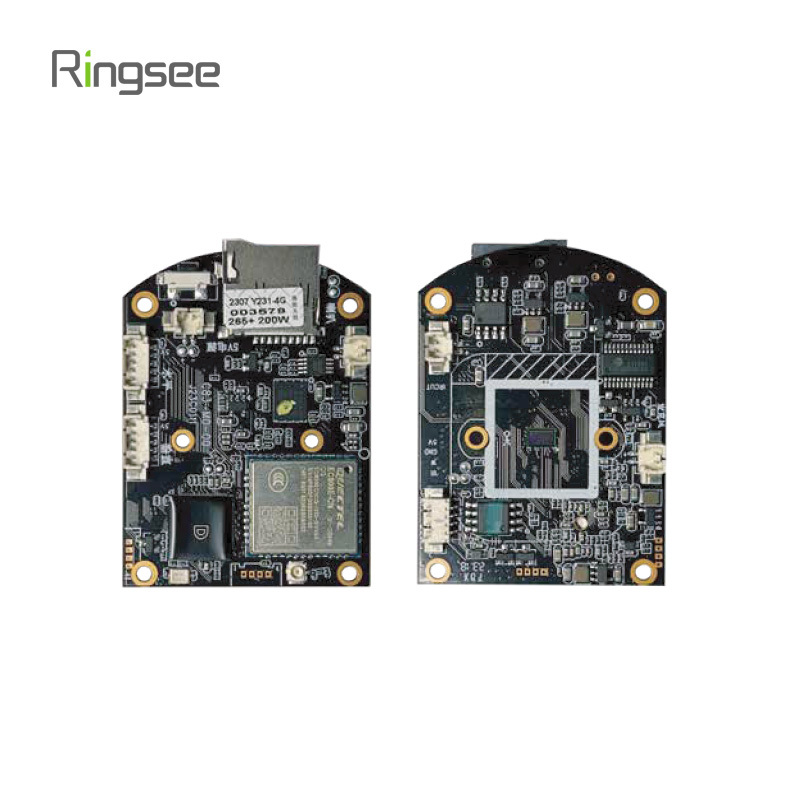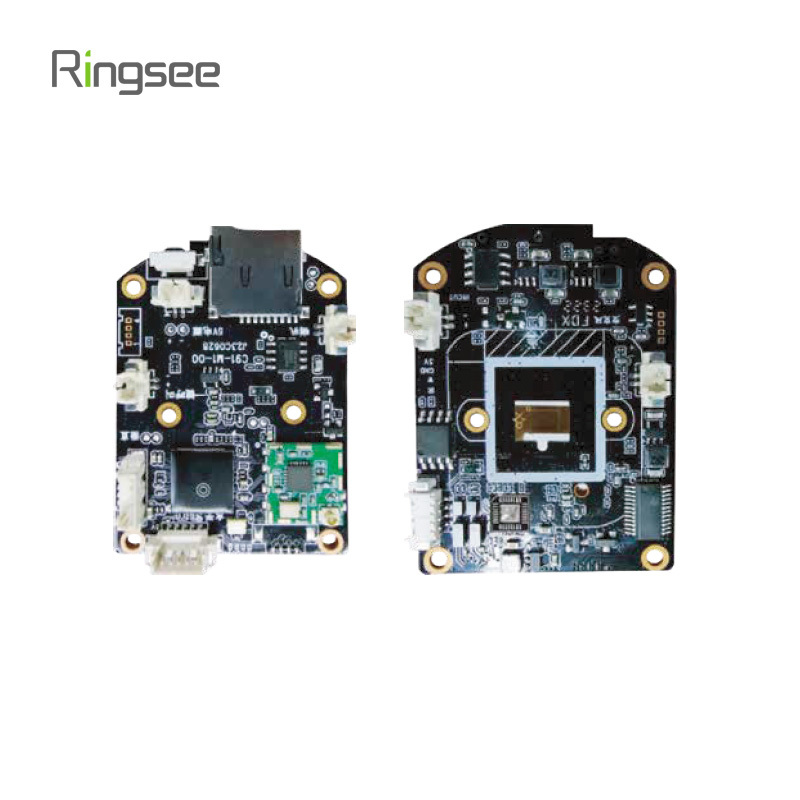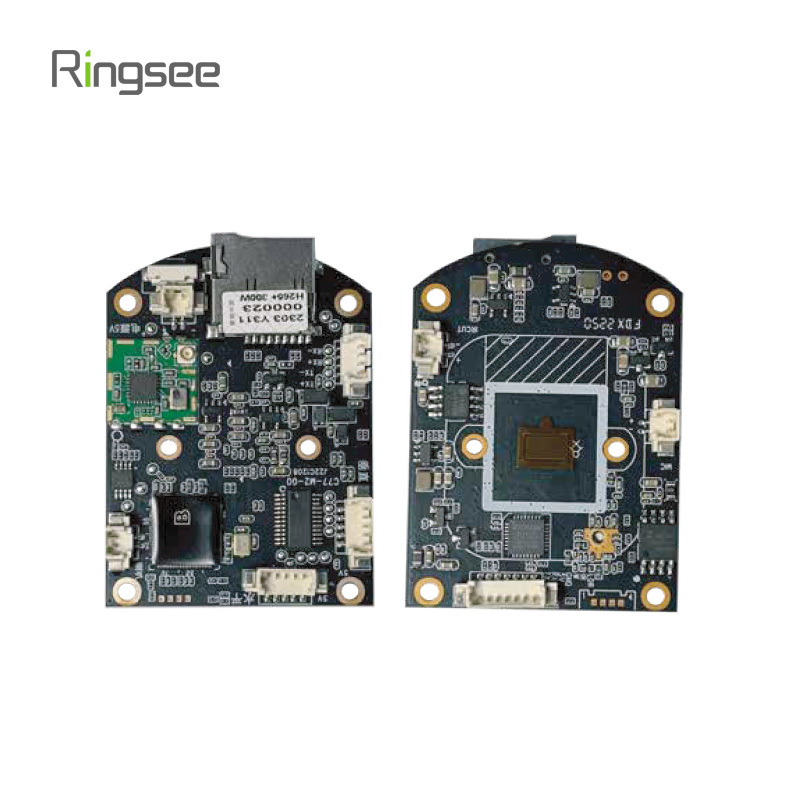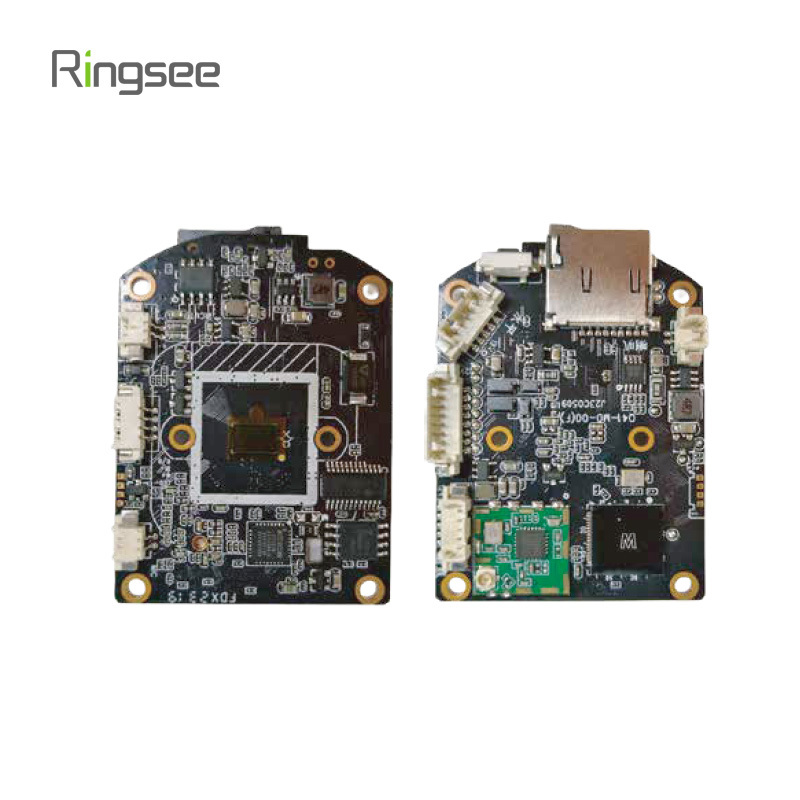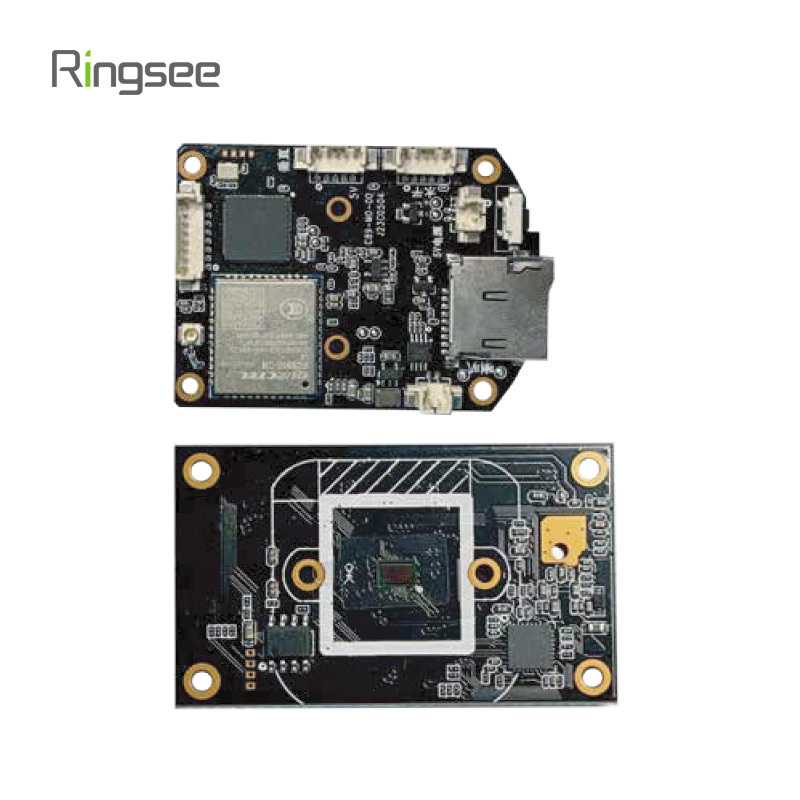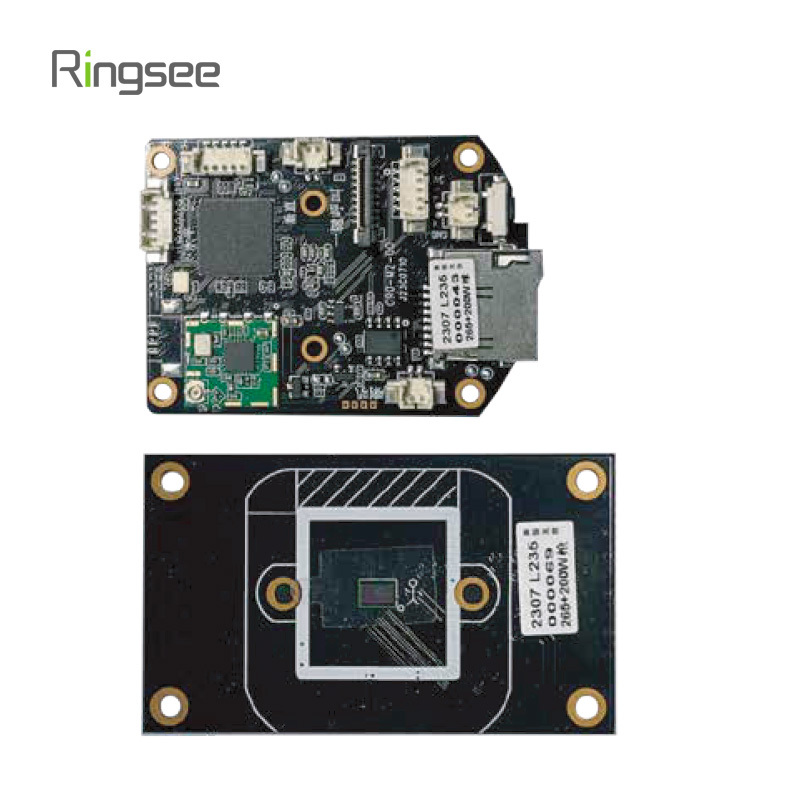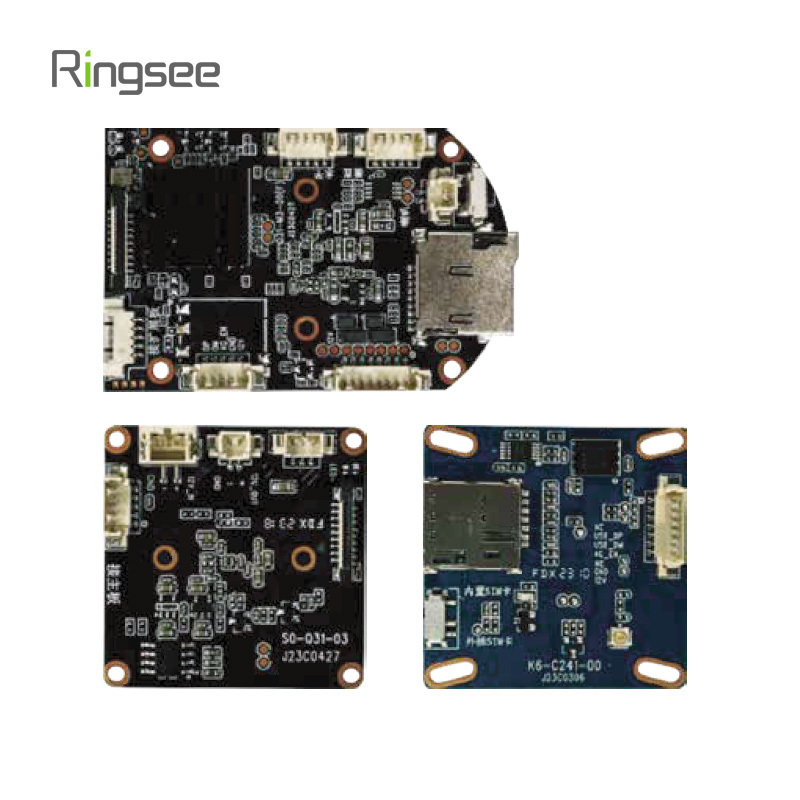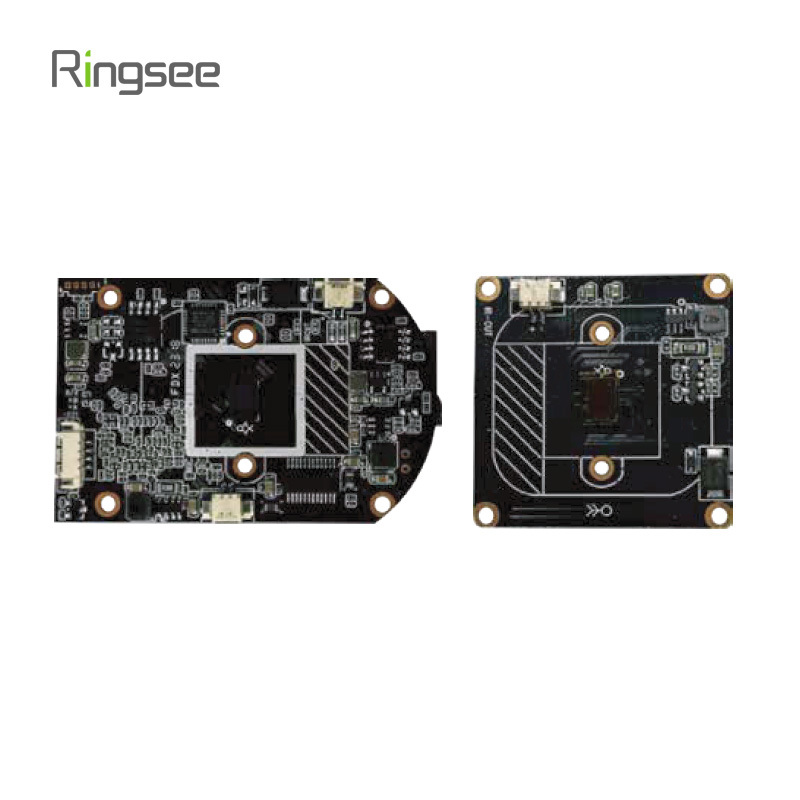The Ultimate Guide to Solar Trail Cameras: Capturing Wildlife Without Hassle
Publish:
2025-10-09 15:06
Source:
https://www.ring-see.com
Monitoring wildlife—whether for scientific research, conservation, or simply enjoying nature—often means dealing with the challenge of power supply, especially in remote, off-grid, or harsh environments. Solar-powered wildlife cameras offer a compelling solution. By using sunlight to recharge and power operations, these devices reduce maintenance, lower environmental impact, and allow for longer, uninterrupted observation periods. In this guide, we cover everything you need to know: what features matter, how to choose the right model, practical tips for deployment, and real world examples of how solar wildlife cameras are already making a difference.
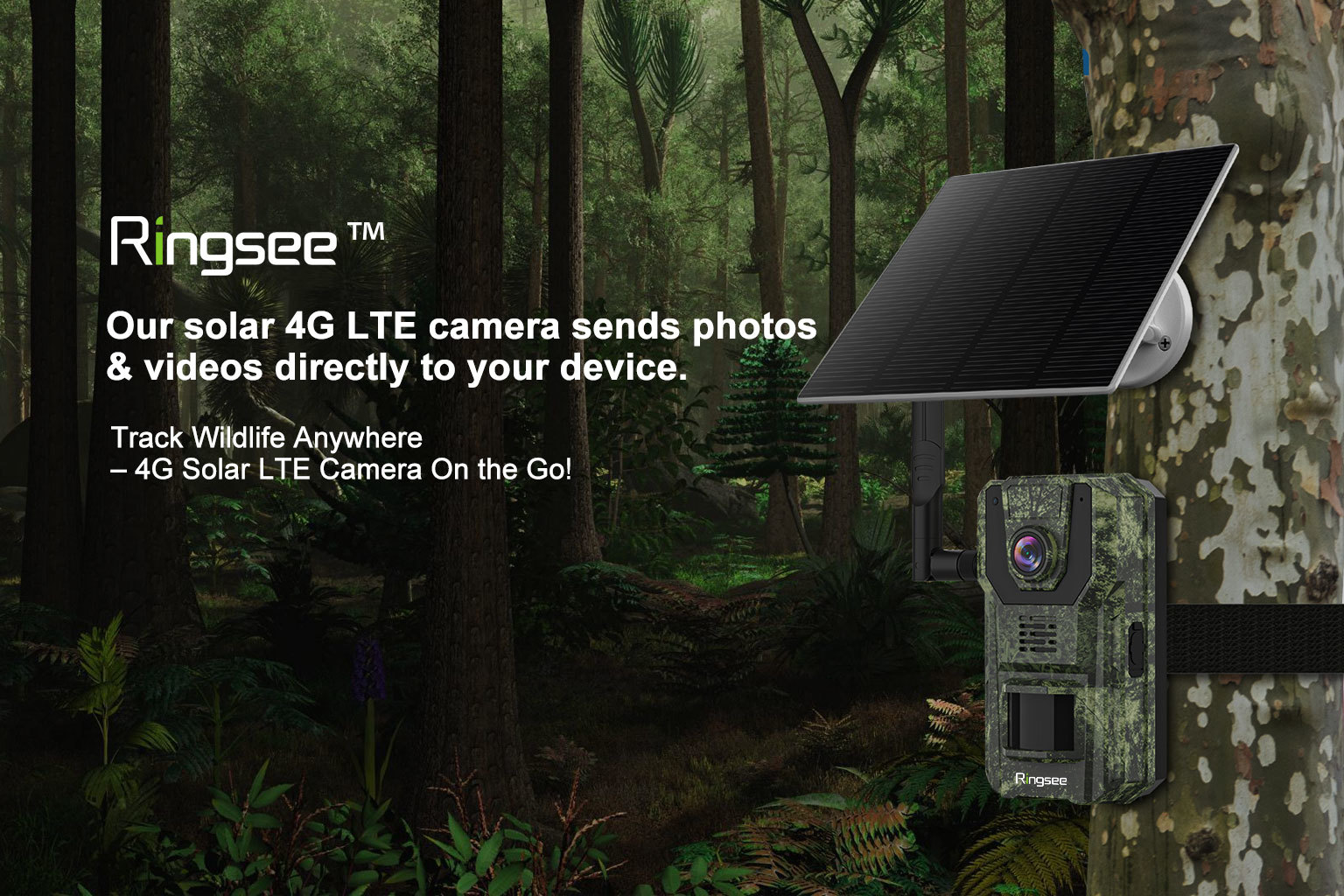
What Makes a Good Solar Wildlife Monitoring Camera
When evaluating solar cameras for monitoring wildlife, several technical and practical features distinguish the best from the rest:
Solar Panel Efficiency & Battery Life
A high-quality photovoltaic panel that can produce sufficient power even in partial shade or during overcast days is essential. Pair that with a rechargeable battery (often lithium‐ion) with enough capacity to handle long nights, cloudy periods, or heavy camera activity.
Trigger Speed & Detection System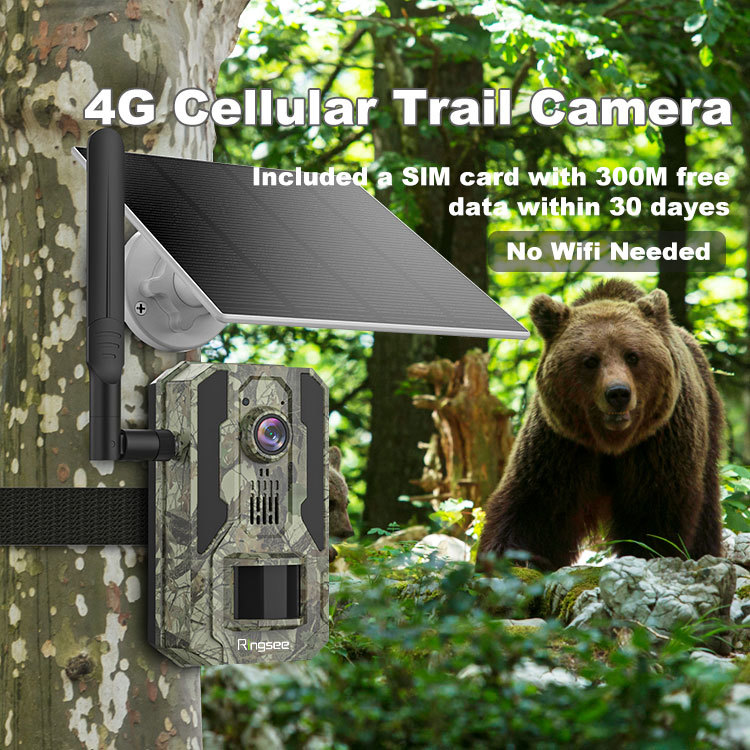
The speed at which the camera triggers after detecting motion is crucial: slower cameras may miss fast animals. PIR sensors (infrared), sometimes augmented with radar or dual sensors, help detect motion while minimizing false positives.
Night Vision & “No-Glow” Infrared
For nocturnal monitoring, invisible infrared flash (e.g. 940 nm) ensures that animals aren’t disturbed or alerted by red glows. This is especially important for sensitive species or behavioral studies.
Image/Video Quality
High resolution photos (20-30 MP or more), 4K video or at least HD video, plus options like optical zoom or wide-angle lens, help with identification (species, features) and behavior analysis.
Connectivity Options
Depending on how remote the site is, options like cellular (4G / LTE), WiFi, or having to physically recover SD cards all matter. Also cloud upload or remote previews ease operation.
Durability & Camouflage
Good IP waterproof ratings (IP65, IP66, etc.), rugged housing that resists weather, dust and pests, and camouflage design to blend into surroundings both preserve the equipment and avoid disturbing wildlife.
Low Maintenance & Cost Efficiency
Solar cameras reduce trips to the field to change batteries; fewer consumables means lower long-term cost. But initial cost tends to be higher.
Pros & Cons: What to Watch Out For
| Advantages | Potential Challenges |
|---|---|
| Reduced ongoing maintenance; fewer battery replacements. | Solar panels need sufficient sun—dense canopy or frequent overcast reduces efficiency. |
| More sustainable / eco-friendly. Less disposable battery waste. | Higher upfront costs; plus cost of quality panels, sensors, housing. |
| Ideal for remote or hard-to-reach locations. | Theft risk; solar panels and cameras can be more visible; need for physical security. |
| 24/7 monitoring including nocturnal activity (with IR features). | Data storage or access: large data volumes; need to retrieve SD cards or ensure connectivity; power/hardware failures possible. |
Best Practices & Deployment Tips
Location & Orientation: Place panels where they get maximum sun (south facing in Northern Hemisphere), avoid heavy shade. Mount camera so animals pass in view, but avoid bright glare into lens.
Height & Angle: For many animals, 2-4 ft off ground works well; for birds or tree dwellers, adjust accordingly. Also angle slightly downward to capture animals at walking level.
Security & Camouflage: Use camouflage designs, hide equipment or cover solar panel frame so it blends. Consider locking mounts or cable lock to deter theft.
Managing Data: Use large capacity memory cards; consider cloud upload or cellular models if you need frequent data without field visits. Also plan for battery backup—e.g. overcast days.
Weatherproofing & Maintenance: Clean solar panel surface (dust, bird droppings) to maintain efficiency; check seals around housing; choose models with good IP ratings.
Real-World Examples
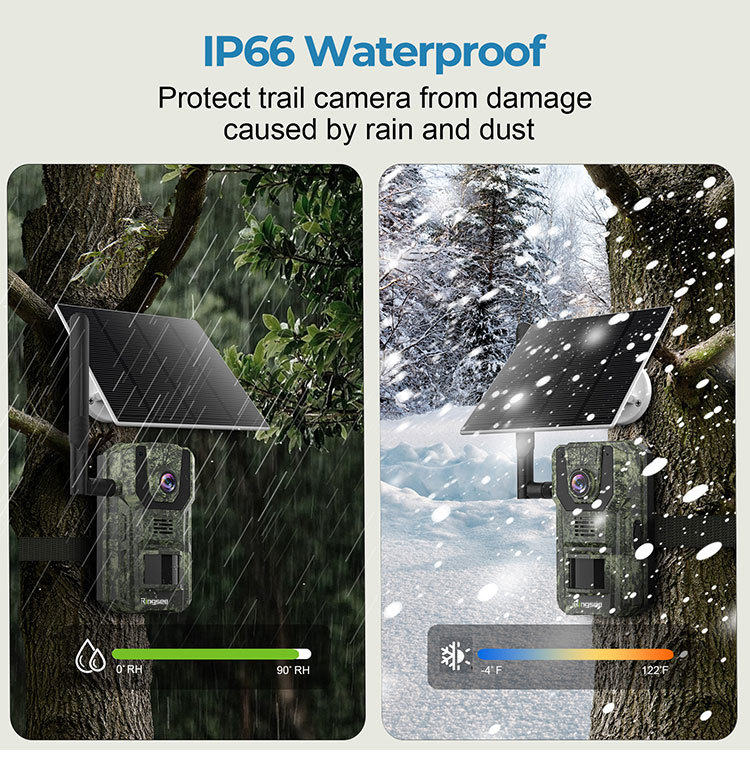
Conservation / Ecology: Researchers monitoring endangered species in remote forests often use solar trail cameras with invisible IR and long battery life to reduce human disturbance. Ringsee has models designed specifically for remote and conservation use.
Backyard Wildlife & Hobbyists: Products like the Wyze Battery Cam Pro + Solar Panel allow homeowners to monitor deer, raccoons, foxes etc., with weatherproofing, motion detection, color night vision, and solar extension to extend run times.
Comparative Product Case: The Spypoint Force-Pro Solar offers high image quality (≈ 30 MP), long detection range, invisible IR, backup power when solar is weak. Good example of balancing features for serious wildlife watchers.
What to Look for in 2025 Models
Based on recent advances, here’s what’s trending and what to expect:
More efficient solar panels that work under diffuse/low light
Hybrid power systems: solar + large capacity battery backups
“No-glow” / invisible infrared (940nm) for night monitoring
Faster trigger speeds (0.1-0.3 seconds) to capture fast-moving wildlife
Smarter motion detection (AI / dual sensors) to reduce false triggers
Better remote connectivity: LTE, cloud upload, real-time previews
Rugged, weatherproof designs with camouflage and tamper protection
Conclusion
Solar-powered wildlife cameras are transforming how people and organisations monitor animals, from backyard hobbyists to conservation scientists. When chosen well, they offer nearly continuous operation, low maintenance, minimal disturbance, and reliable data collection—even in harsh or remote environments. Whether your priority is image quality, stealth, durability, or extended battery life, there’s a solar camera built to suit.
Prev:
Related News
The Ultimate Guide to Solar Trail Cameras: Capturing Wildlife Without Hassle
In this guide, we cover everything you need to know: what features matter, how to choose the right model, practical tips for deployment, and real world examples of how solar wildlife cameras are already making a difference.
Oct 09,2025
Explore the integration of thermal and visible light for night-time security with AI advances. Learn how AI-powered fusion enhances crime detection, border security, and remote facility monitoring. Discover how Ringsee is leading the way in AI-driven surveillance technology.
Oct 09,2025
Regulatory Landscape for AI Surveillance: Global Laws, Privacy, and Ethical Considerations
Explore the global regulatory landscape for AI-powered surveillance. Learn about key laws, privacy standards, and ethical considerations shaping the use of intelligent security cameras from leading manufacturers like Ringsee in China.
Oct 09,2025
Cloud Storage vs. SD Card: Best Storage Options for 4G Solar Cameras Introduction
Compare cloud storage and SD card storage for 4G solar cameras. Learn which option offers better security, convenience, and cost-effectiveness. Discover how Ringsee, a leading Chinese manufacturer, provides flexible storage solutions for smart solar cameras.
Oct 05,2025
Wholesale 4G Solar Powered Cameras: What Buyers Should Know
Discover what to consider before purchasing wholesale 4G solar powered cameras. Learn about key features, certifications, and OEM opportunities with Ringsee, a leading Chinese security camera manufacturer offering customizable 4G solar solutions for global buyers.
Oct 05,2025
Links:One Belt Power Technology
Add: 14th Floor, Baoshan Building, Longhua District, Shenzhen China.
Privacy Policy | SEO | CitySite | Support: 300.cn Dongguan
COOKIES
Our website uses cookies and similar technologies to personalize the advertising shown to you and to help you get the best experience on our website. For more information, see our Privacy & Cookie Policy
COOKIES
Our website uses cookies and similar technologies to personalize the advertising shown to you and to help you get the best experience on our website. For more information, see our Privacy & Cookie Policy
These cookies are necessary for basic functions such as payment. Standard cookies cannot be turned off and do not store any of your information.
These cookies collect information, such as how many people are using our site or which pages are popular, to help us improve the customer experience. Turning these cookies off will mean we can't collect information to improve your experience.
These cookies enable the website to provide enhanced functionality and personalization. They may be set by us or by third-party providers whose services we have added to our pages. If you do not allow these cookies, some or all of these services may not function properly.
These cookies help us understand what you are interested in so that we can show you relevant advertising on other websites. Turning these cookies off will mean we are unable to show you any personalized advertising.

